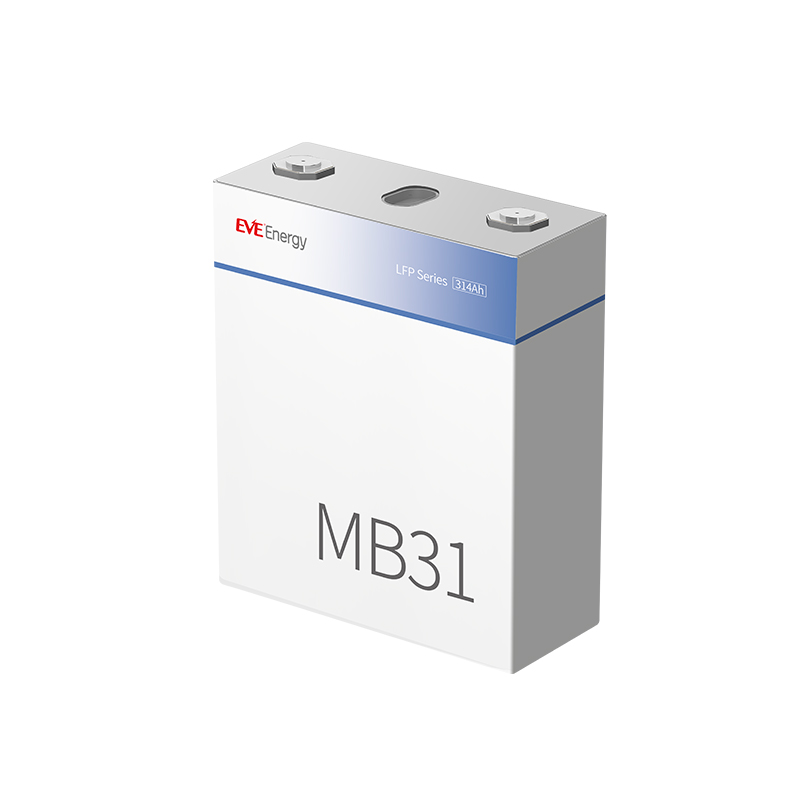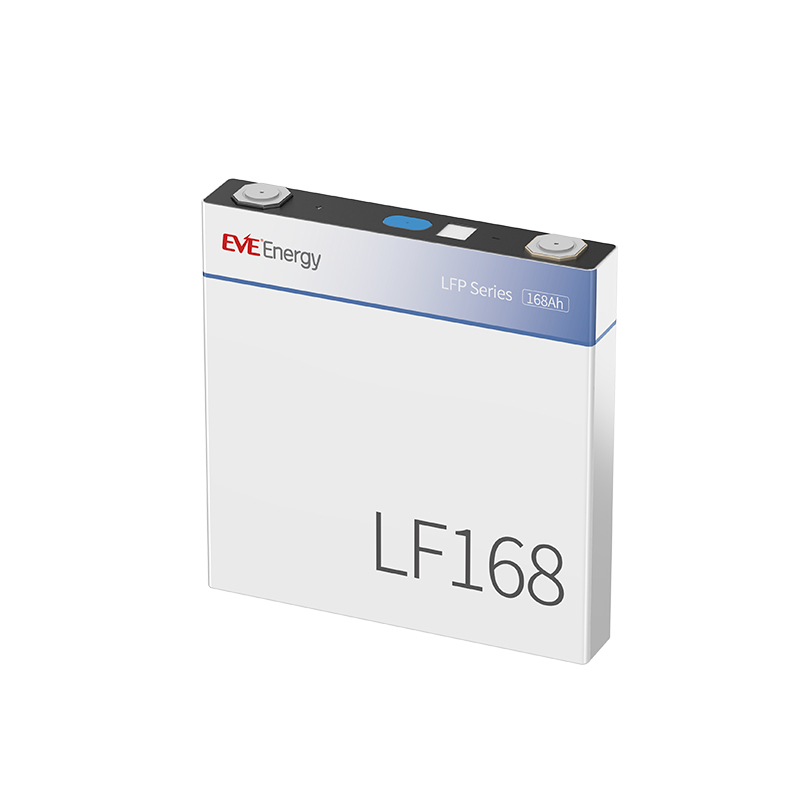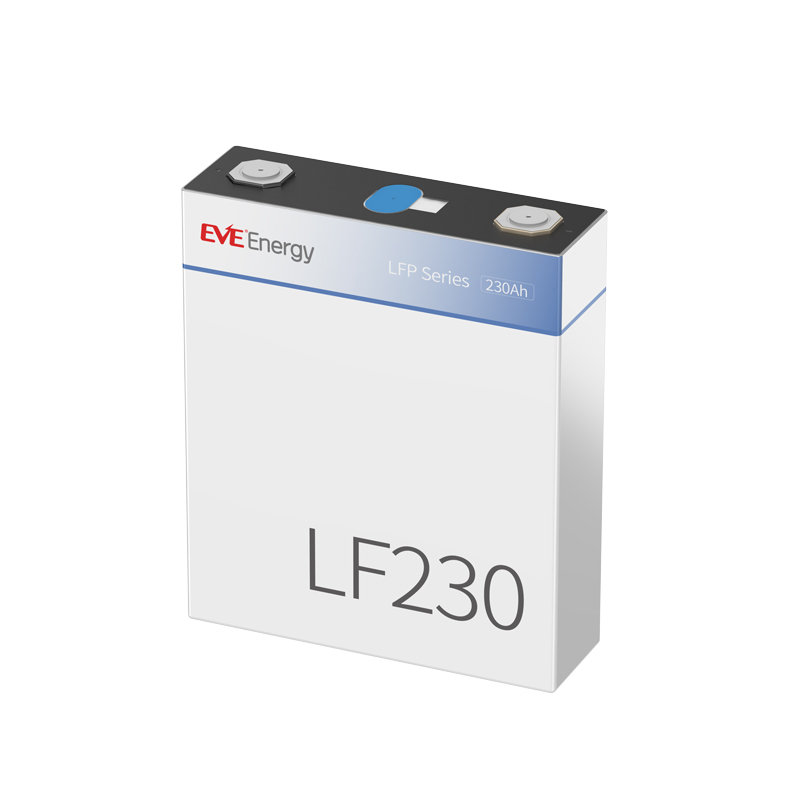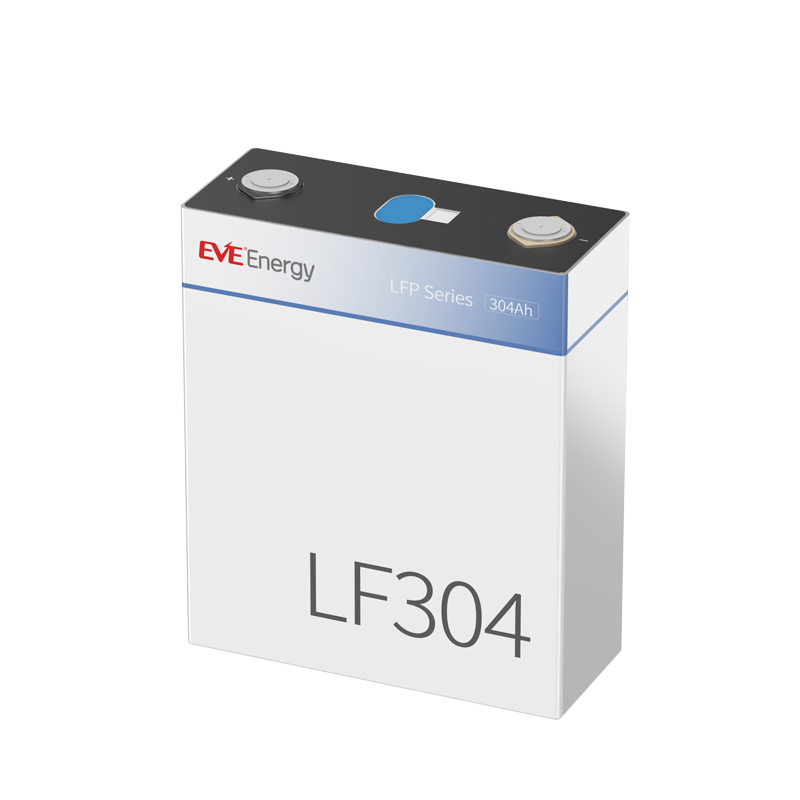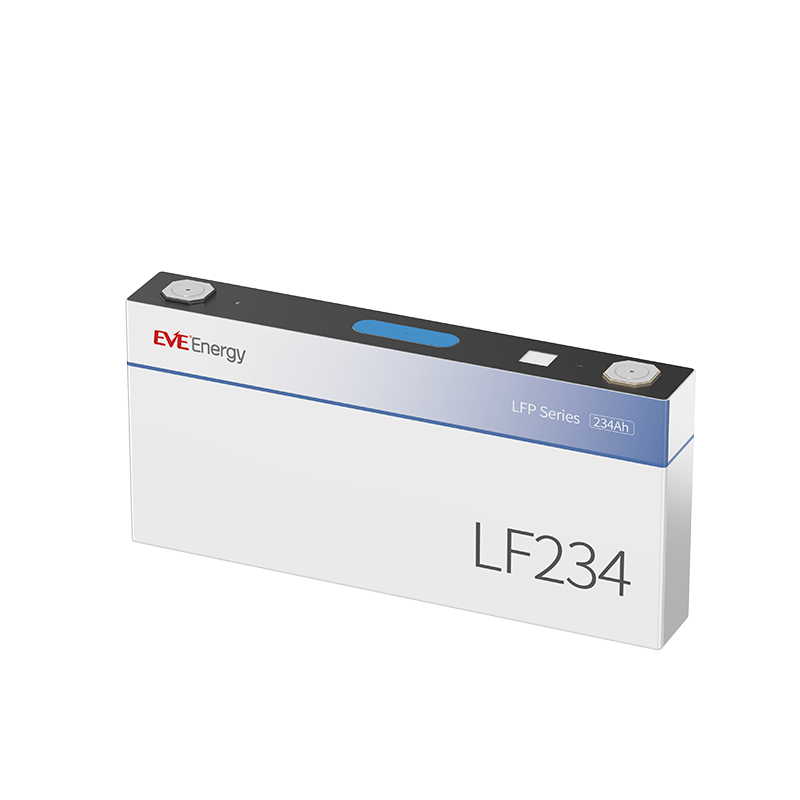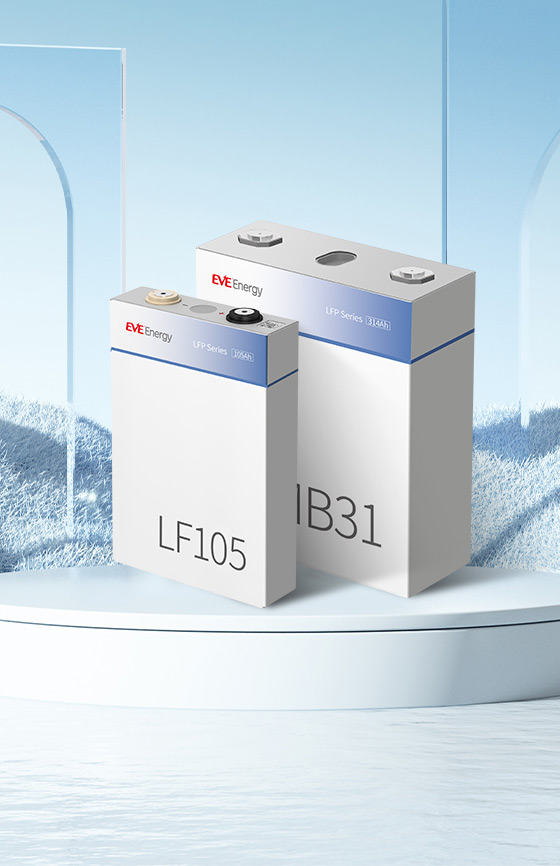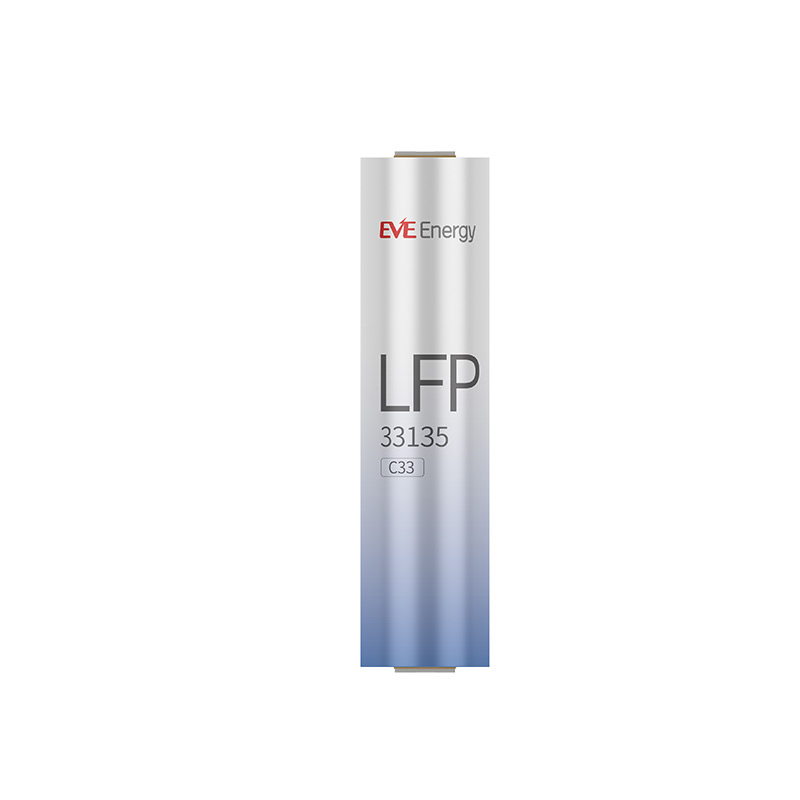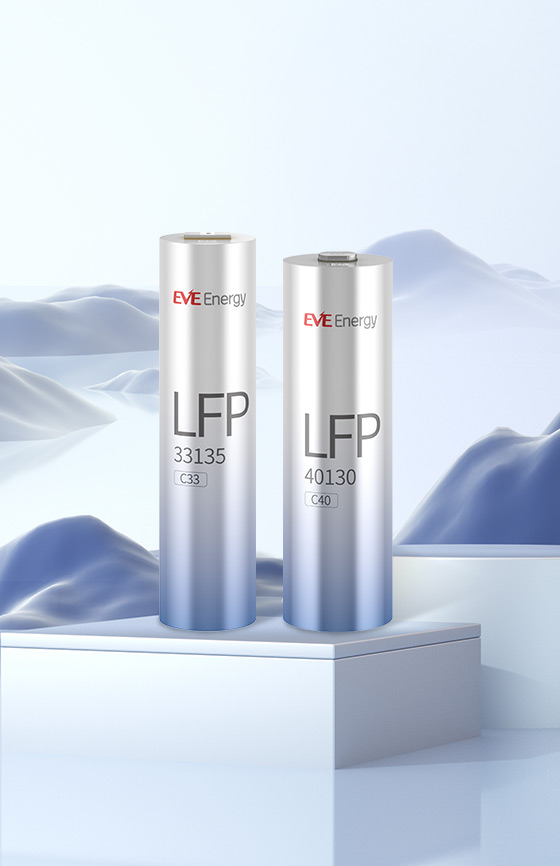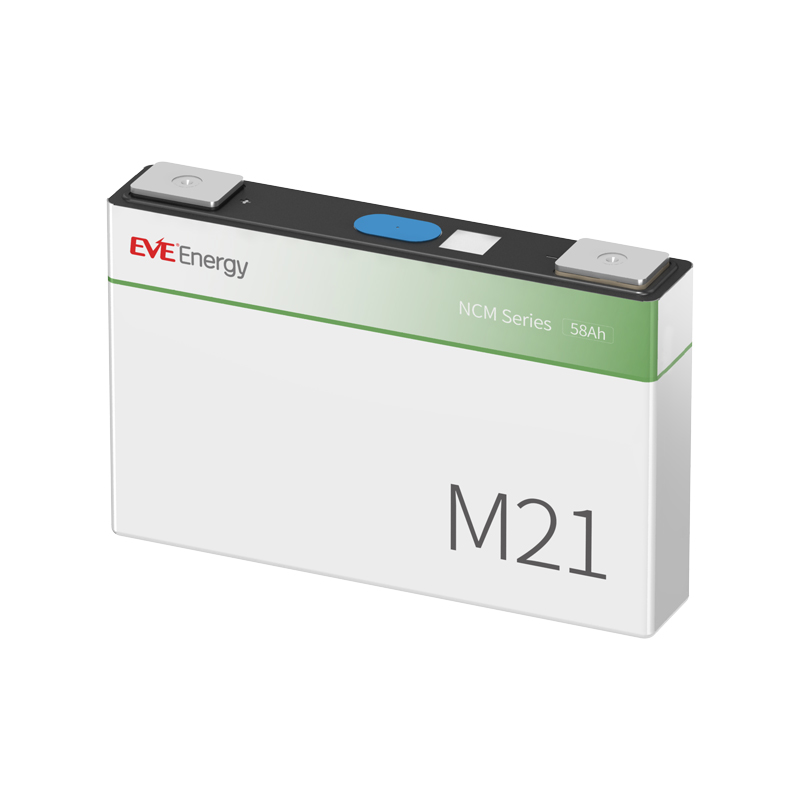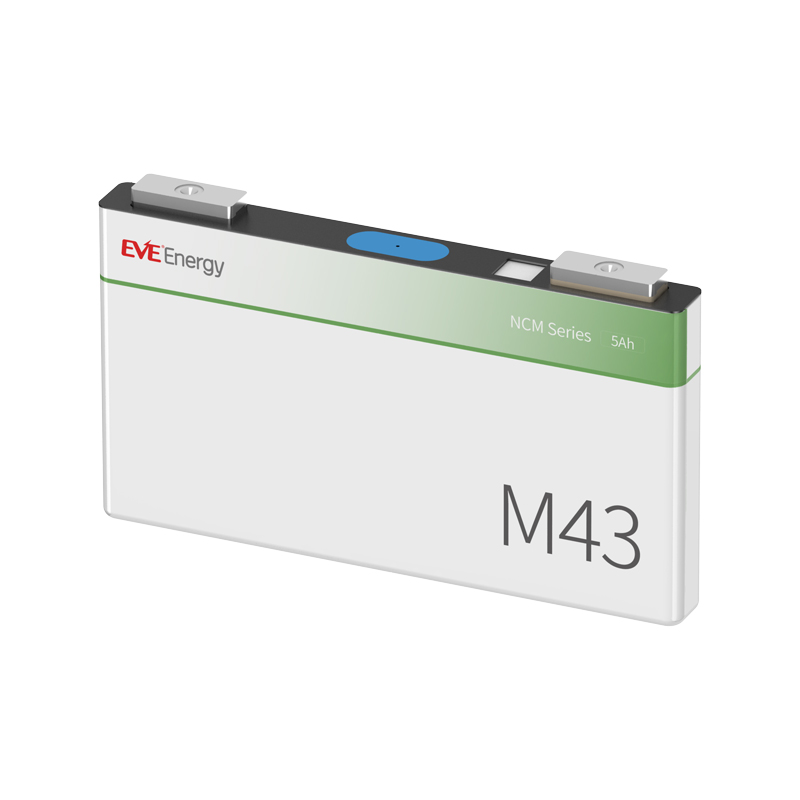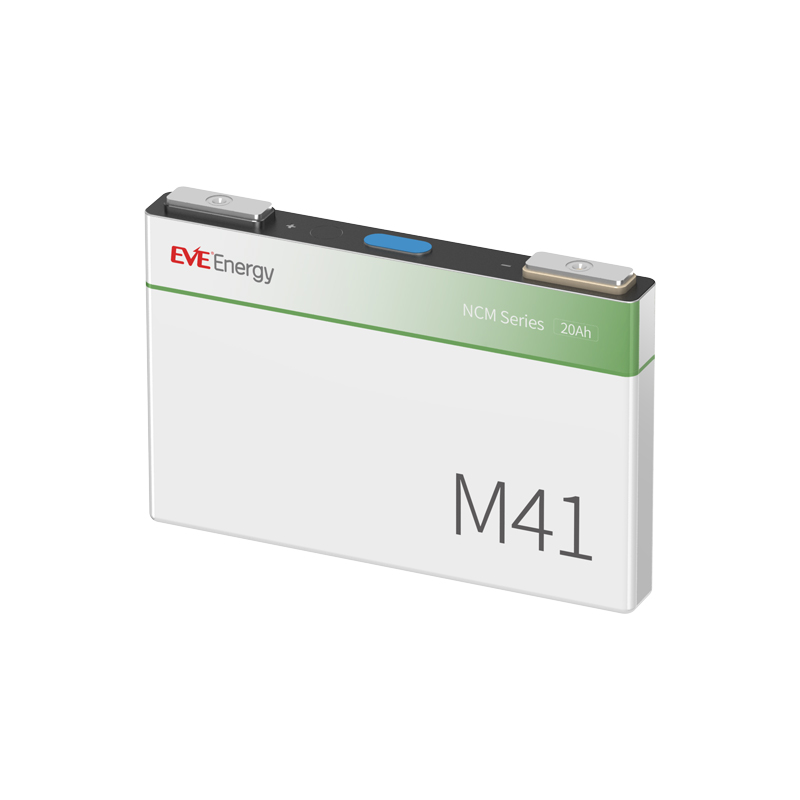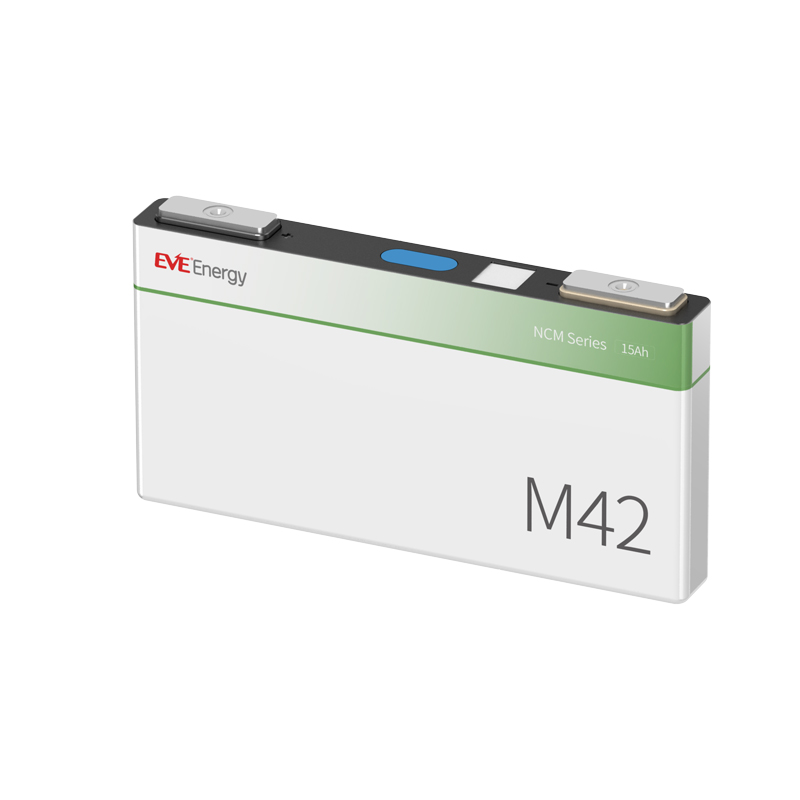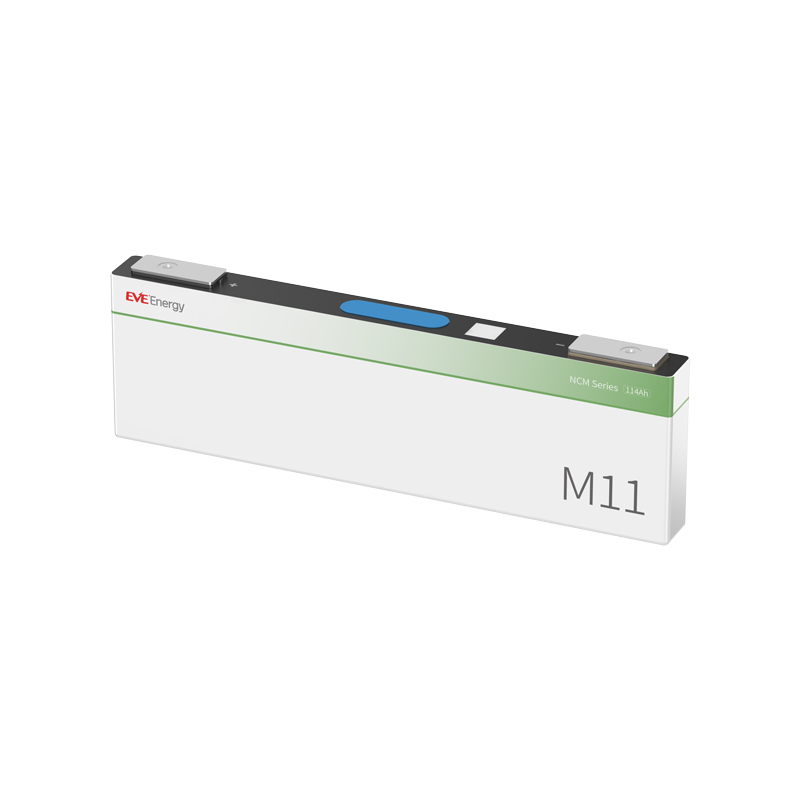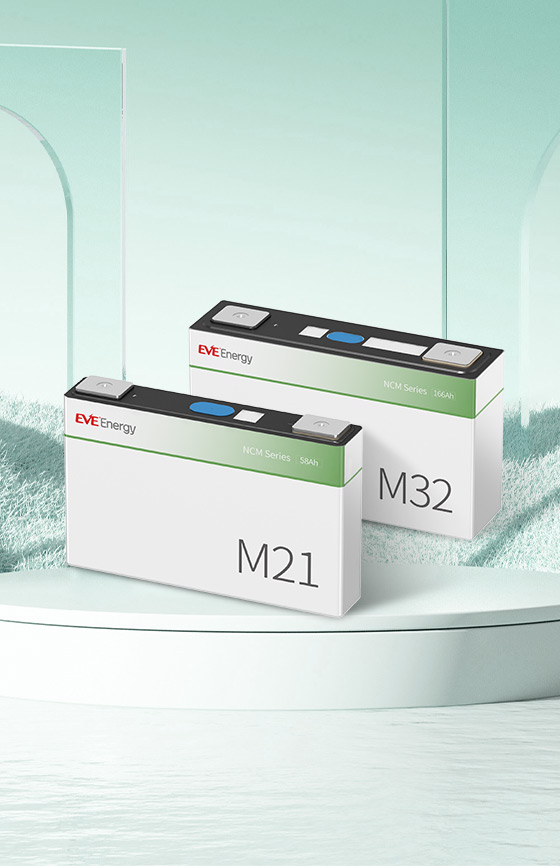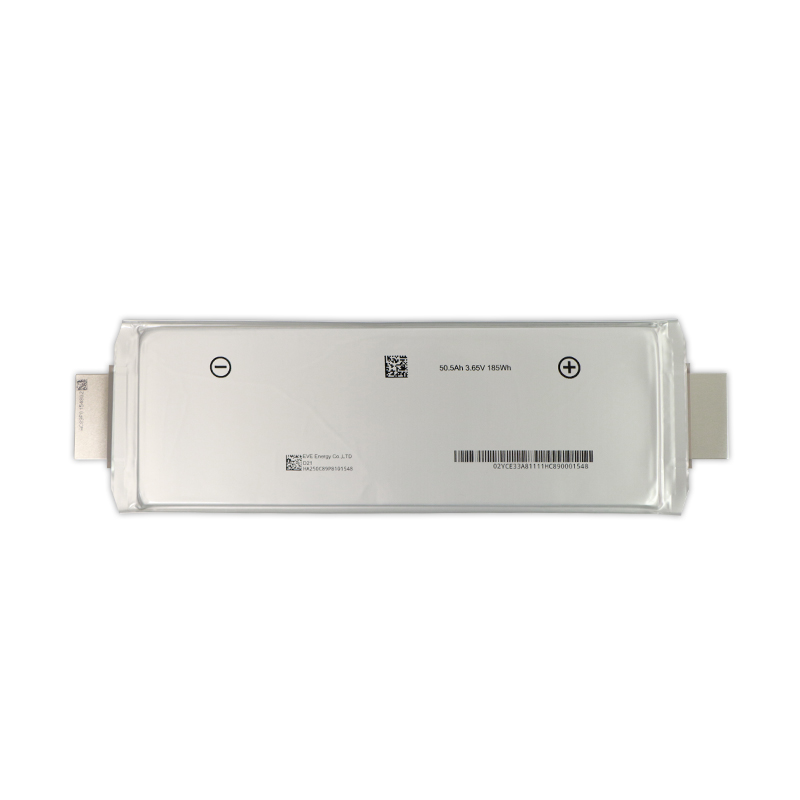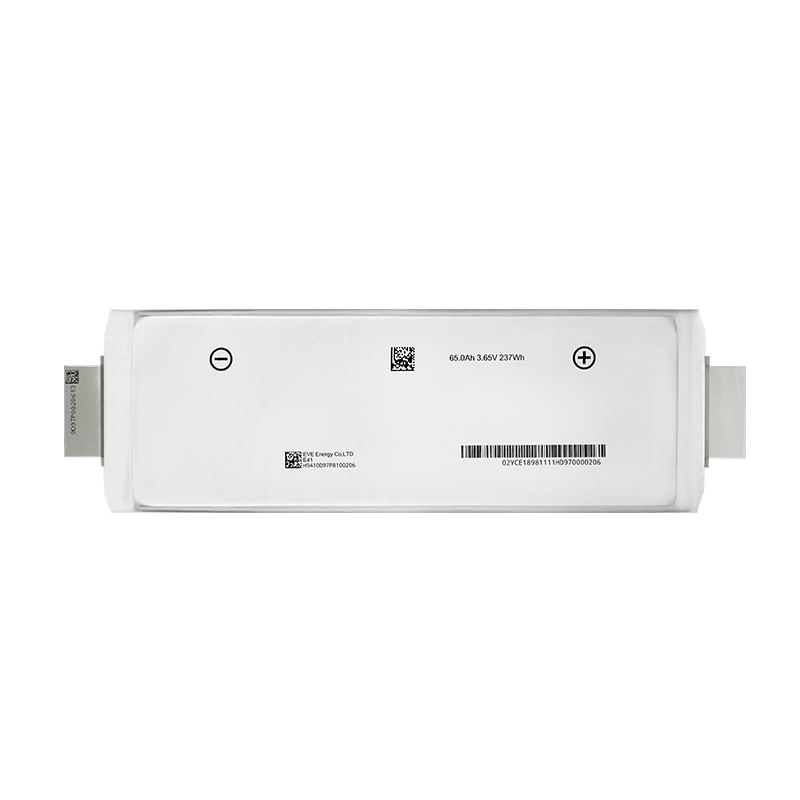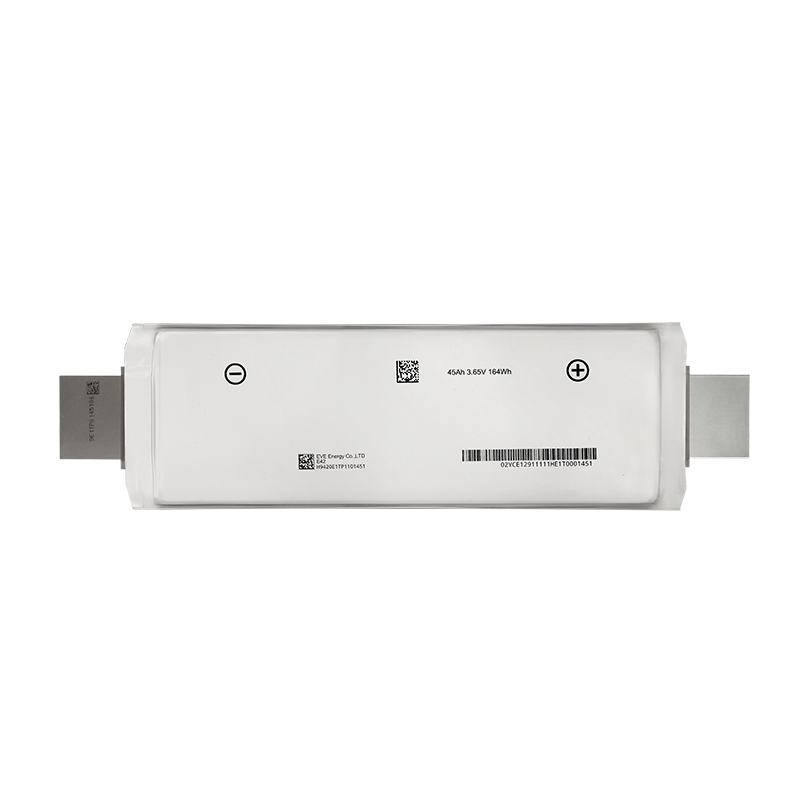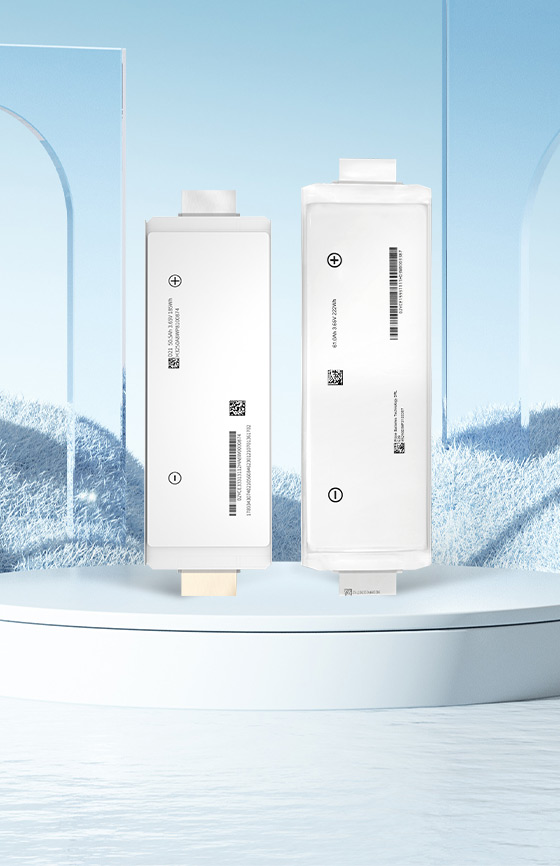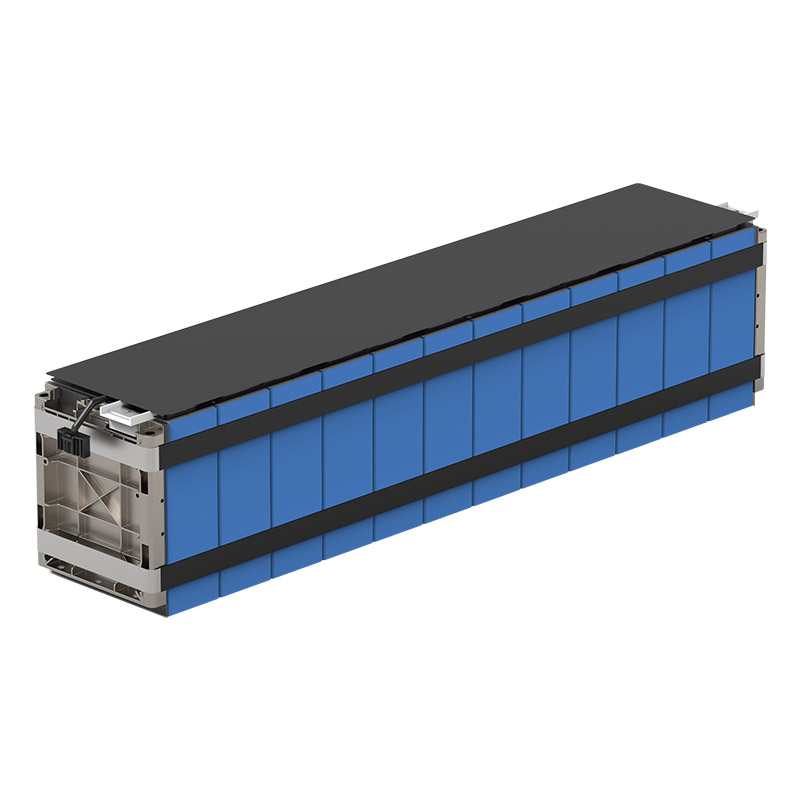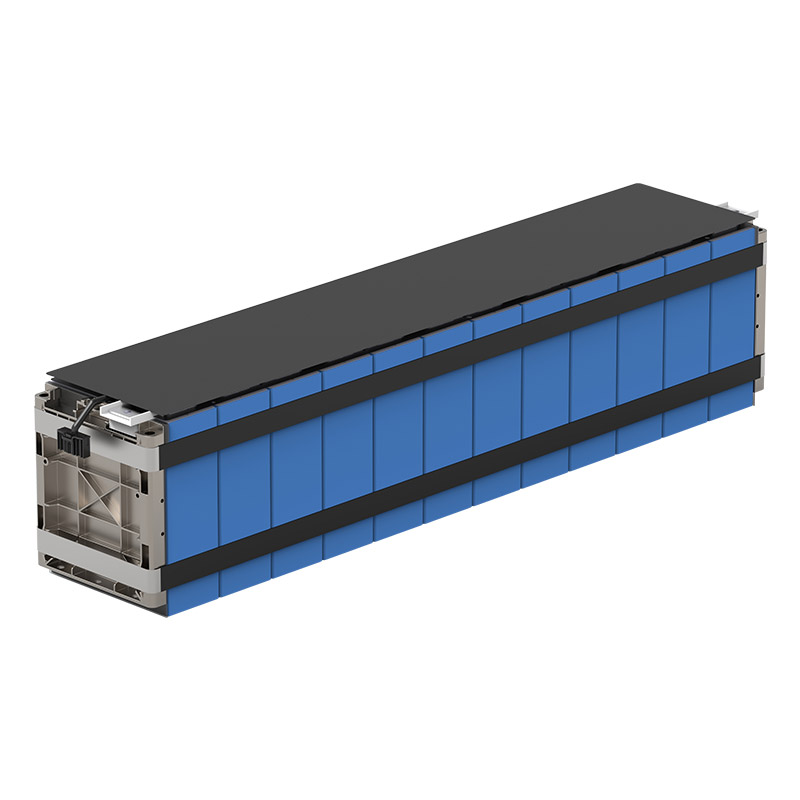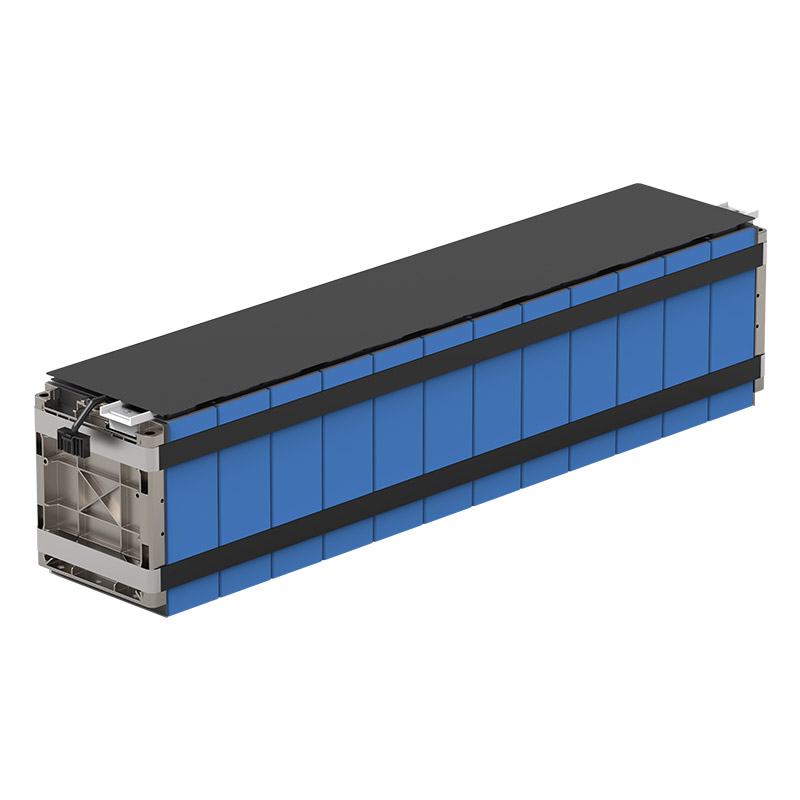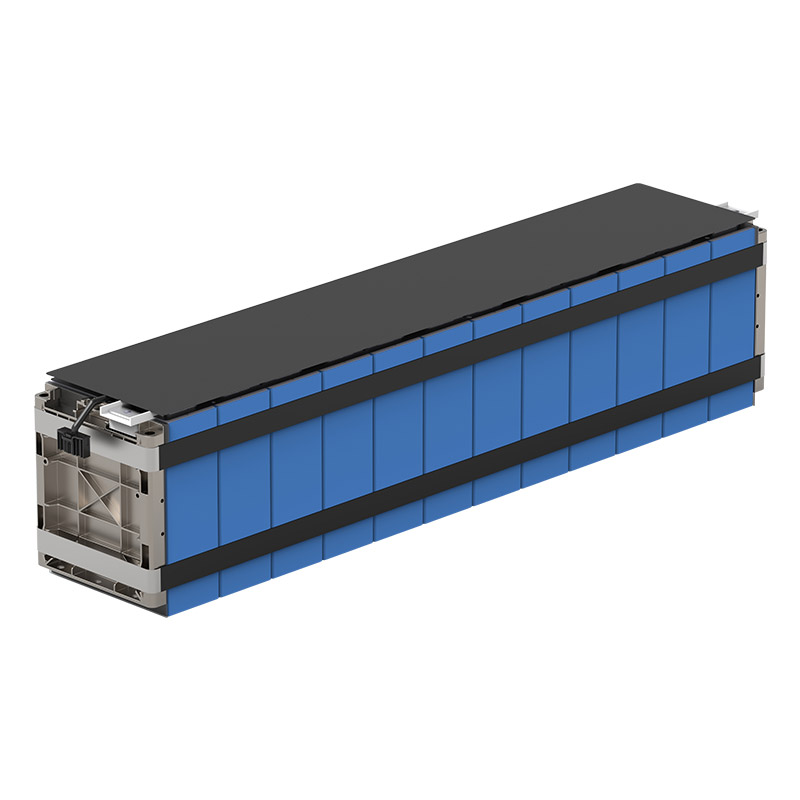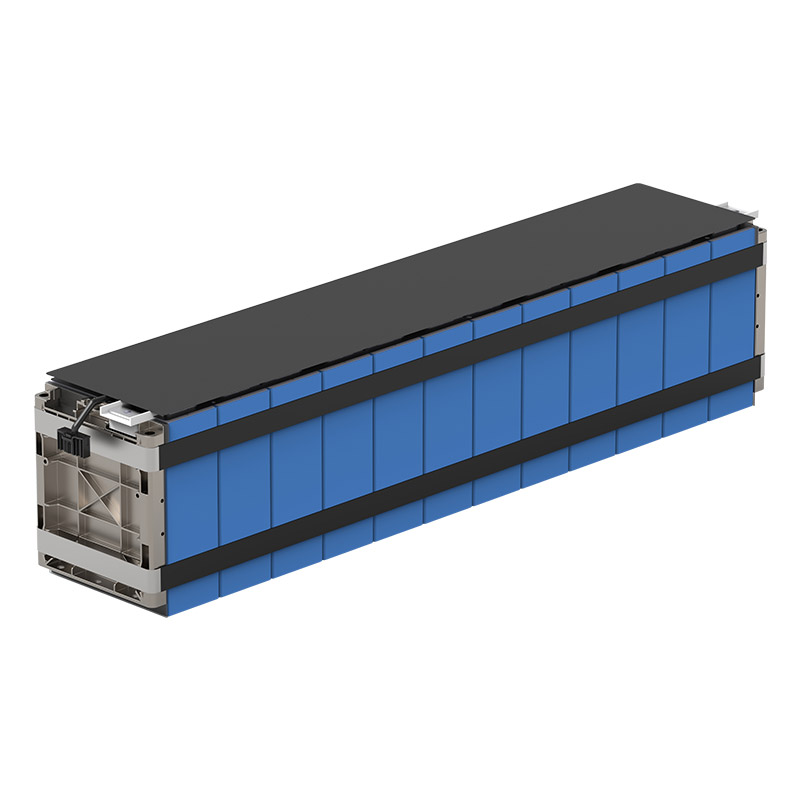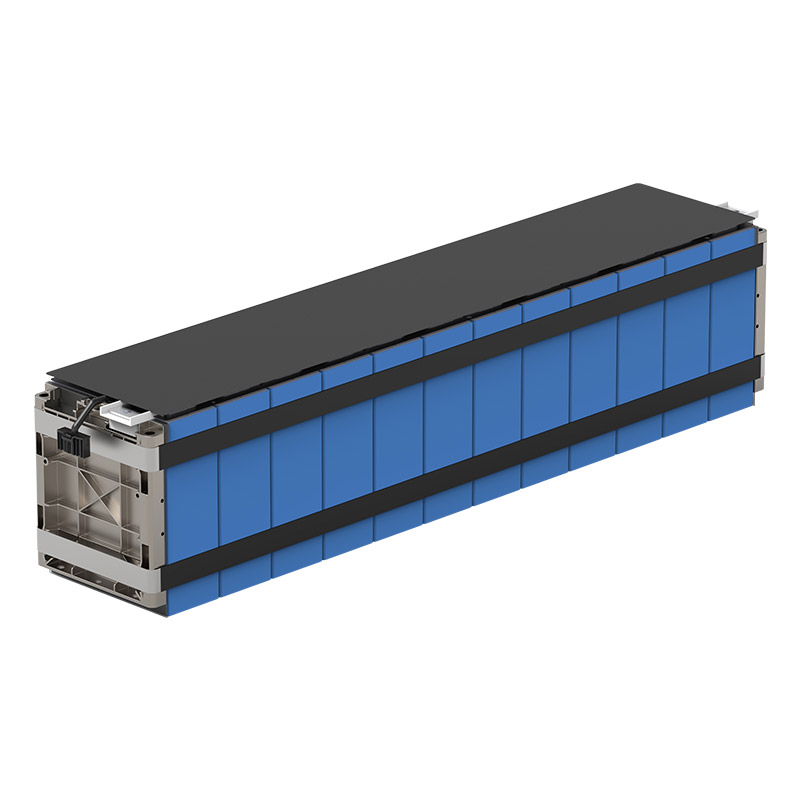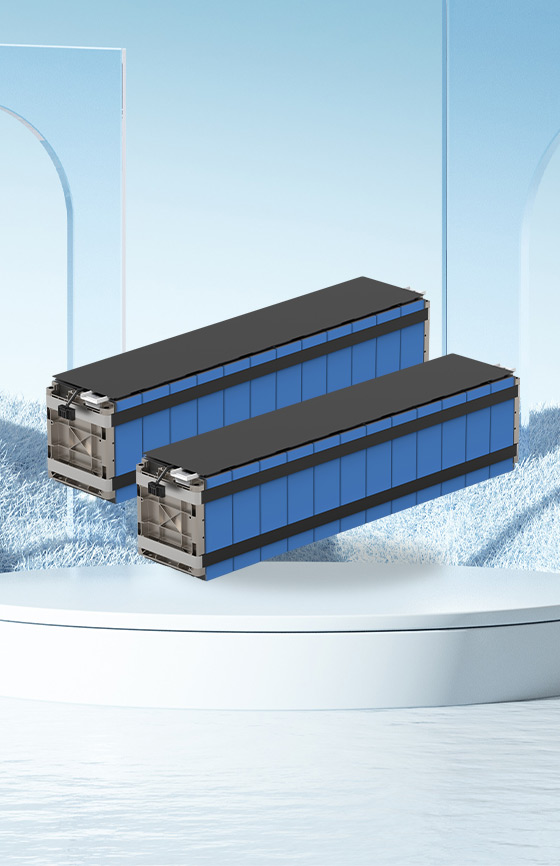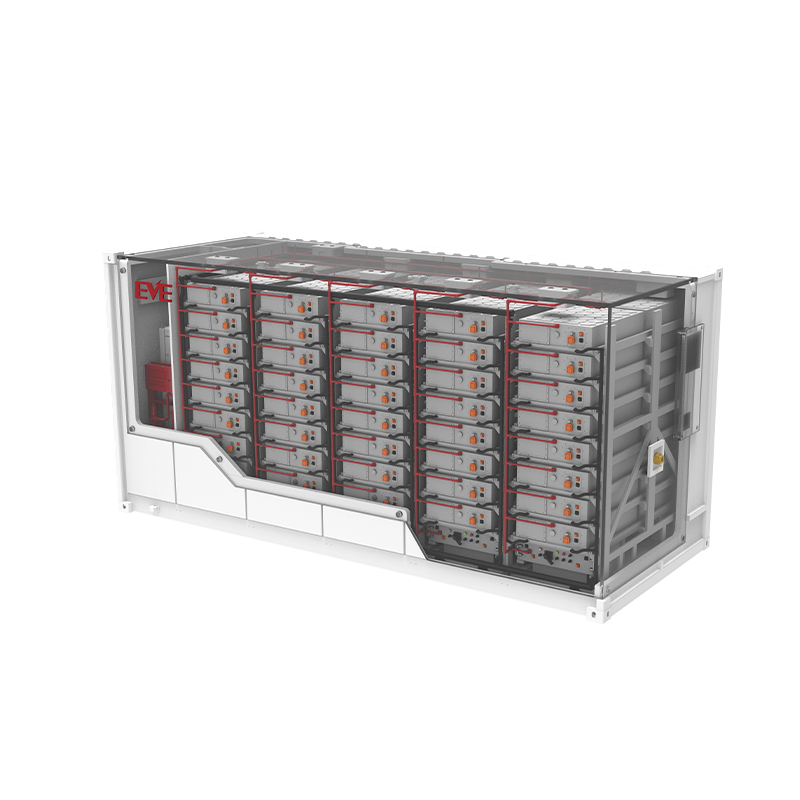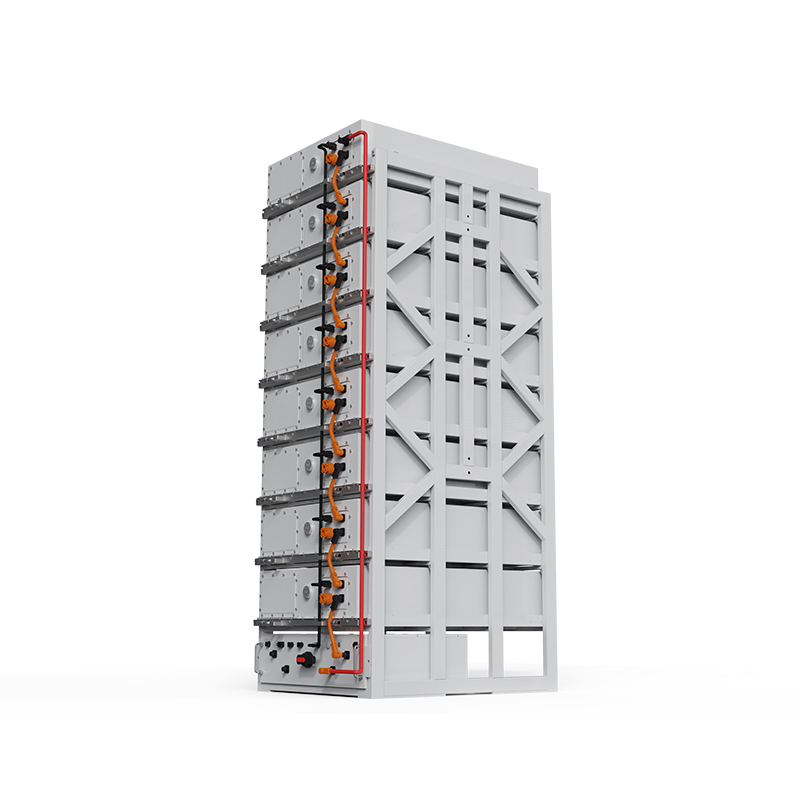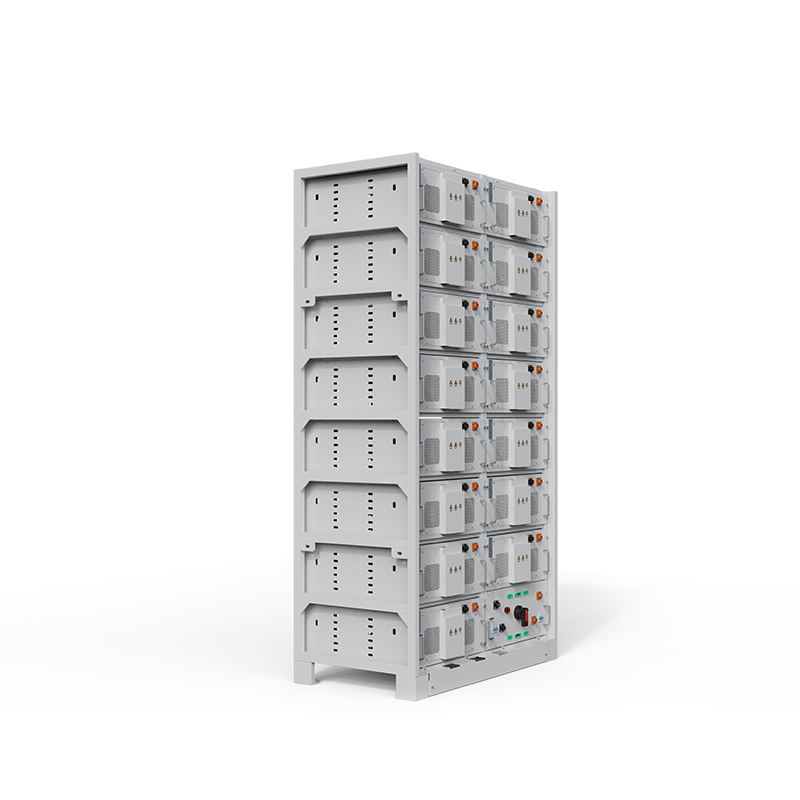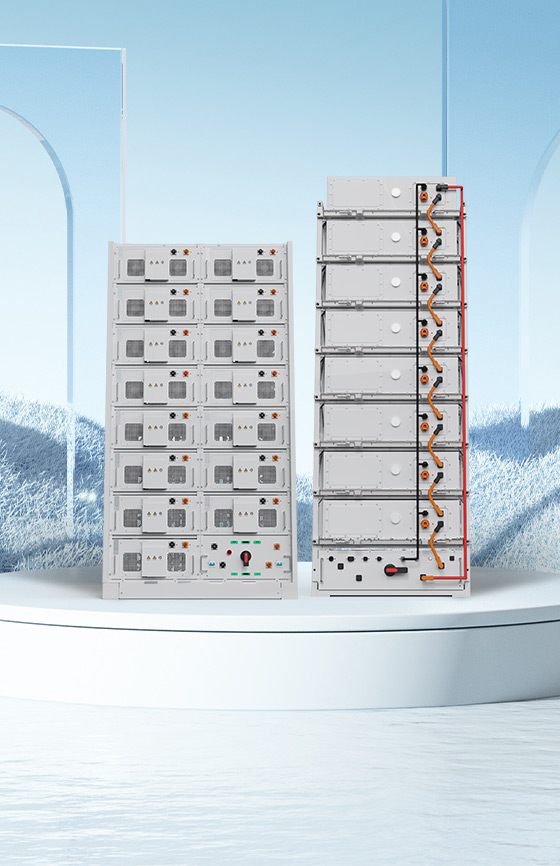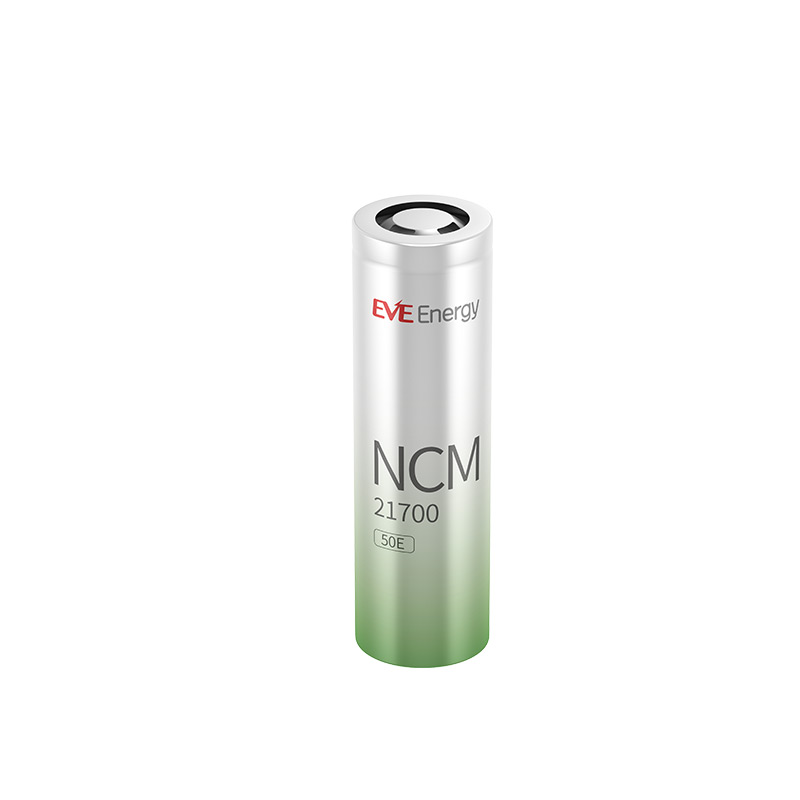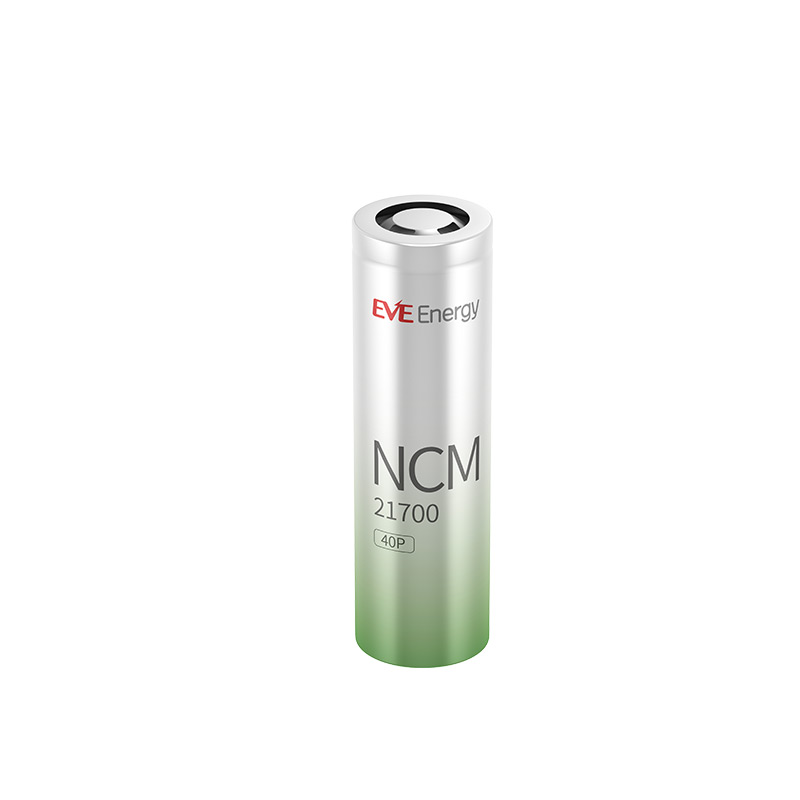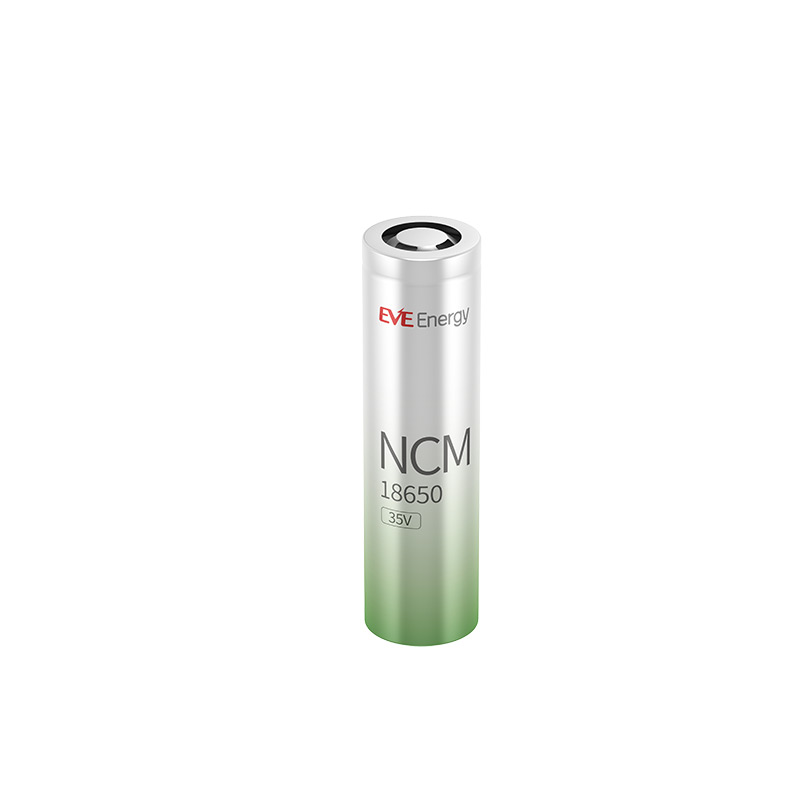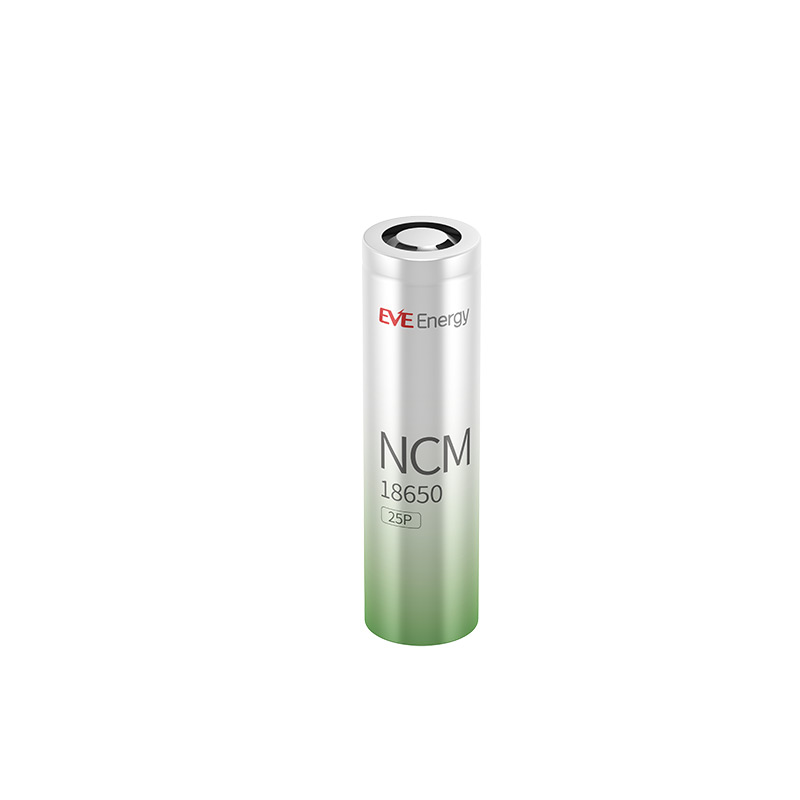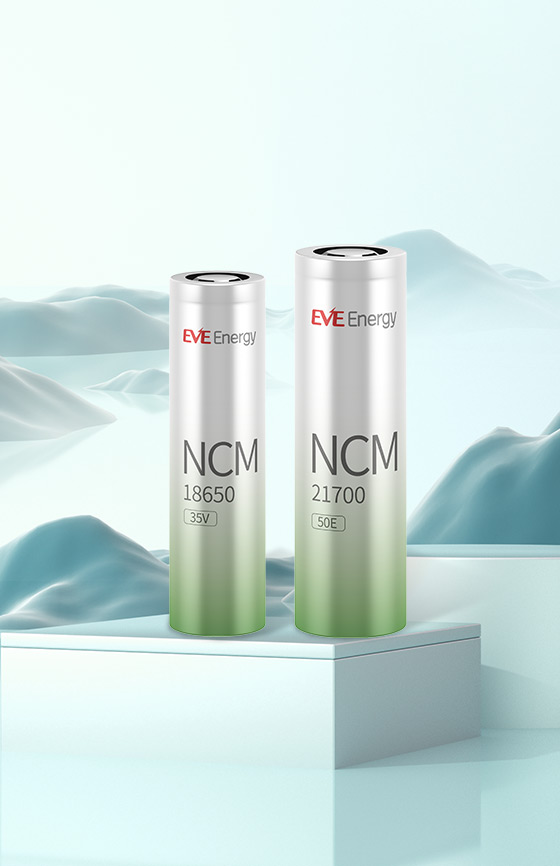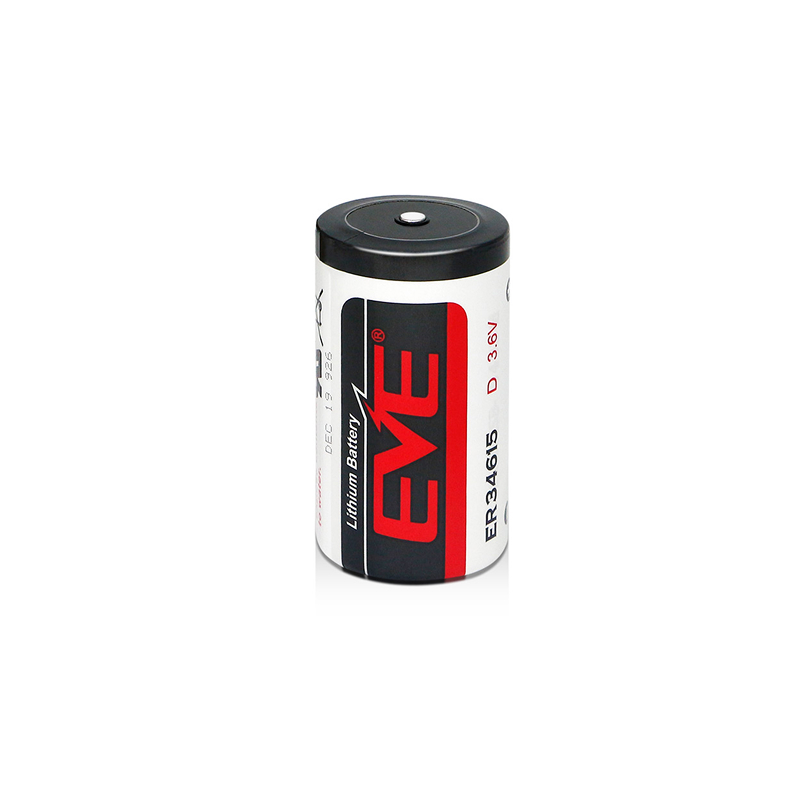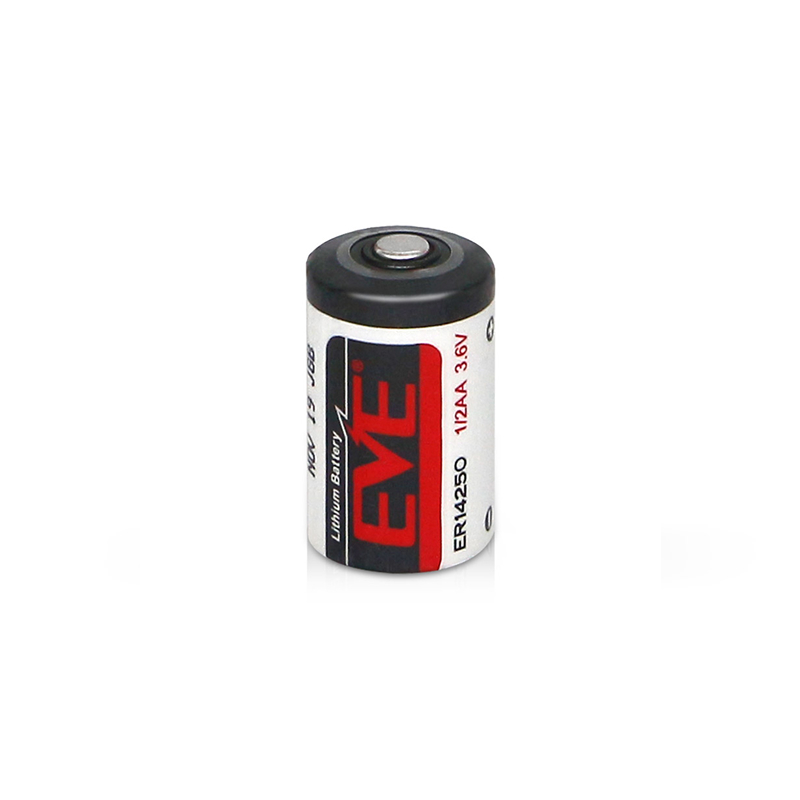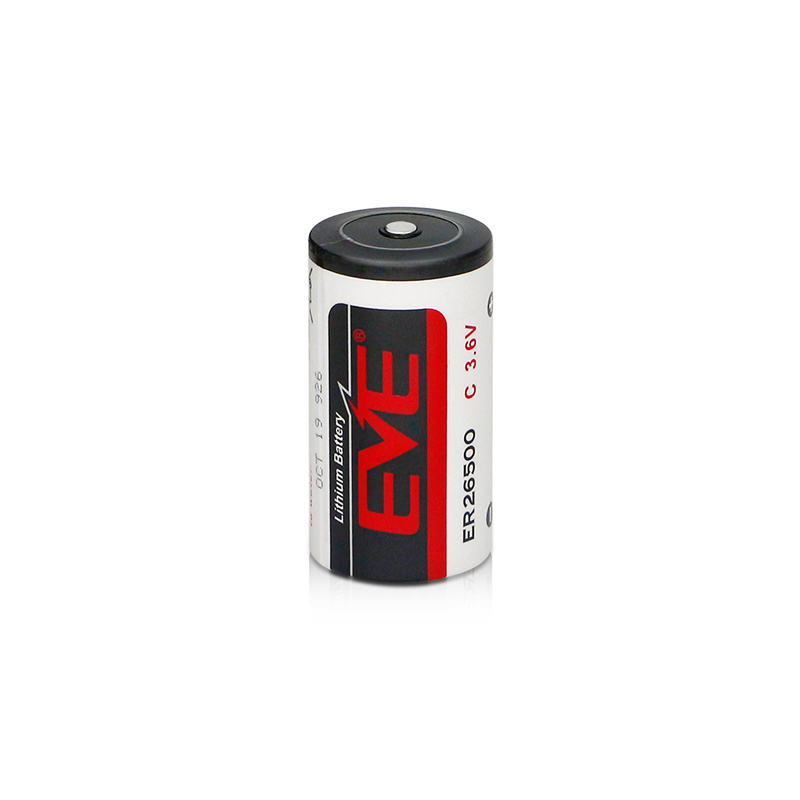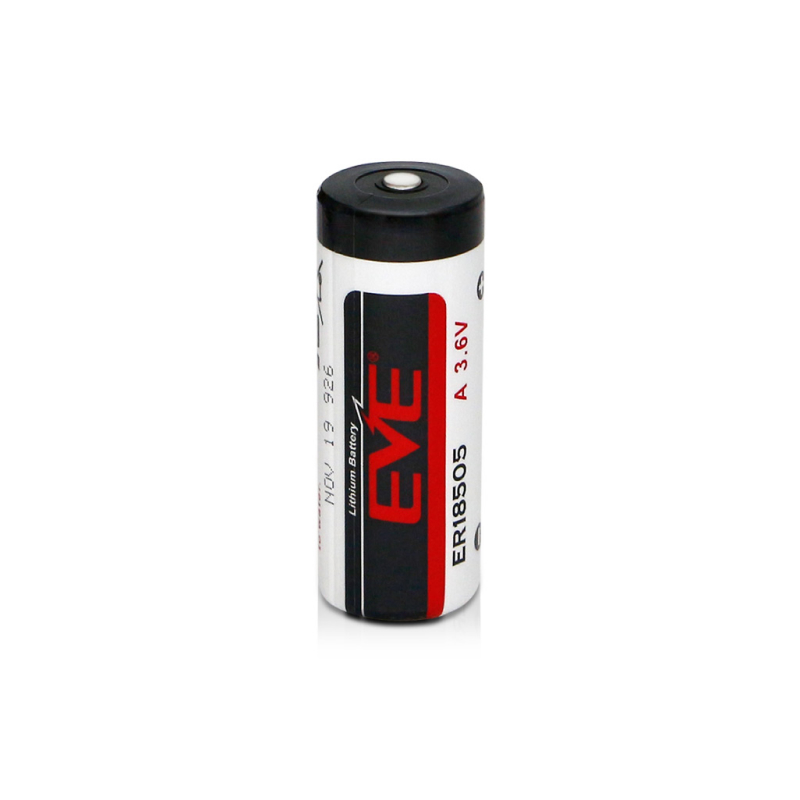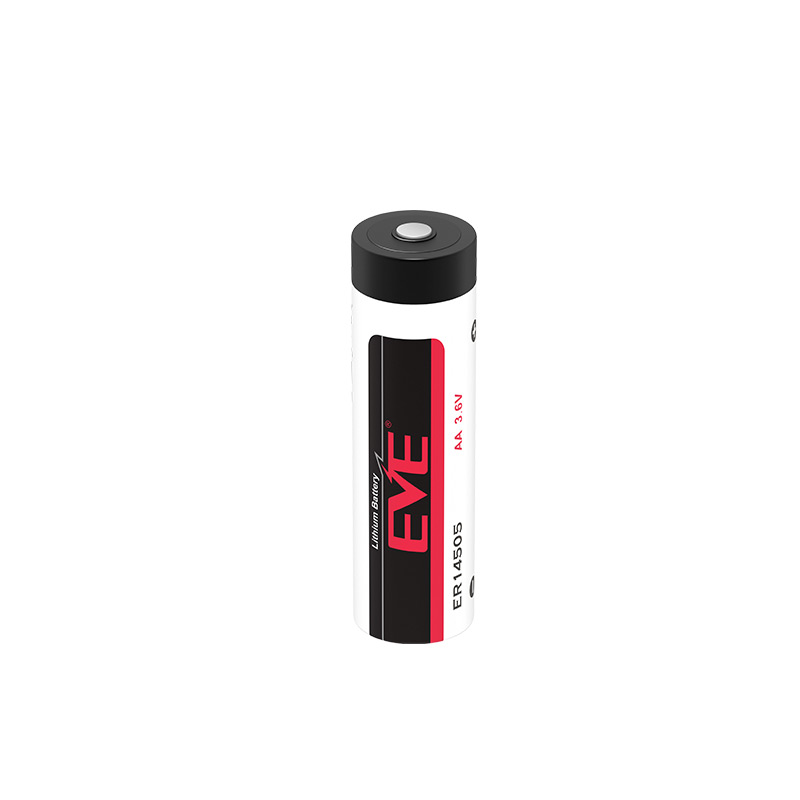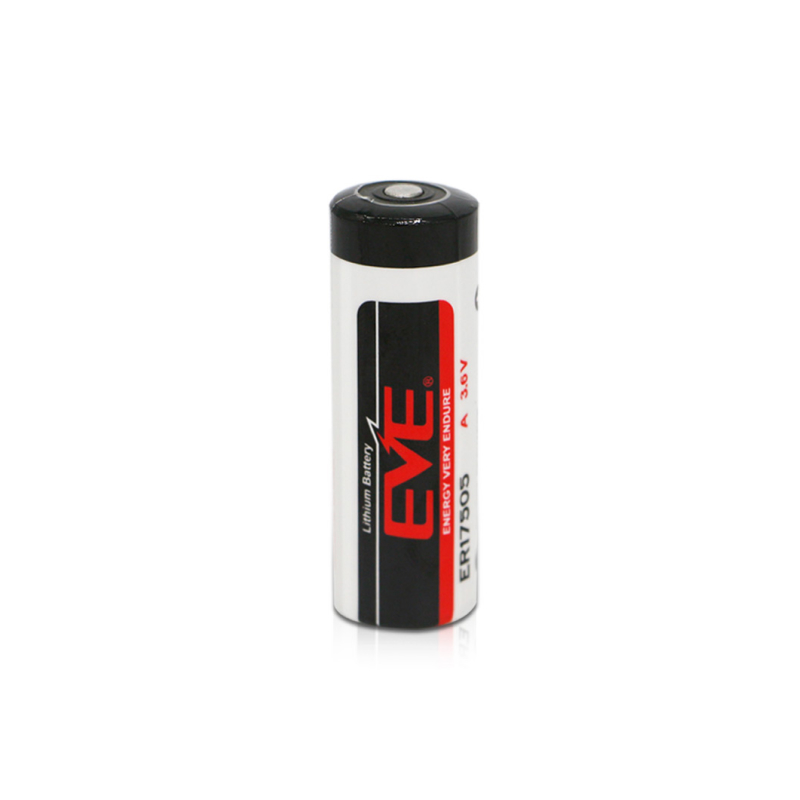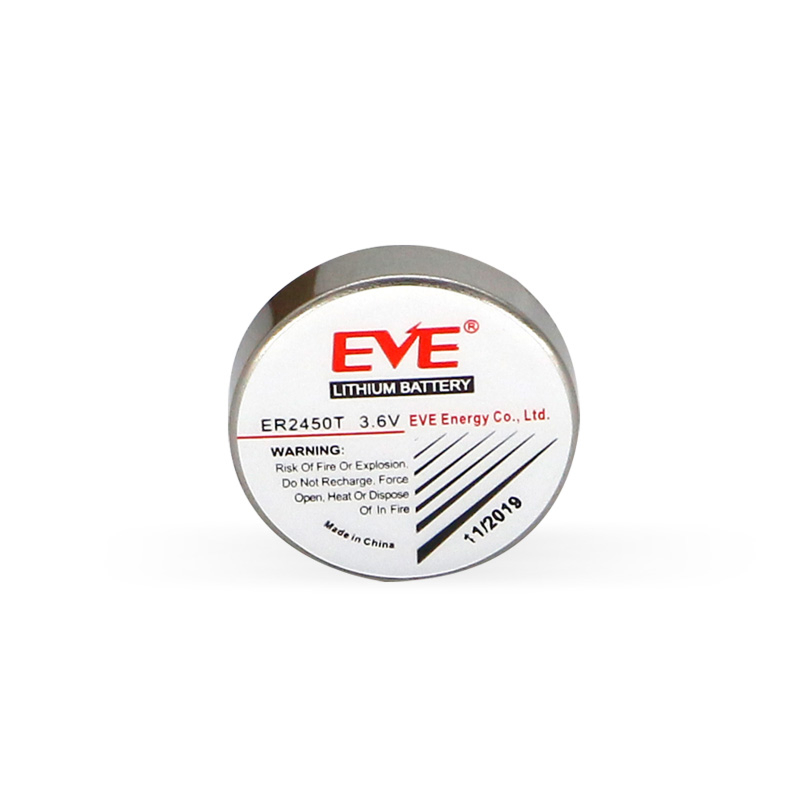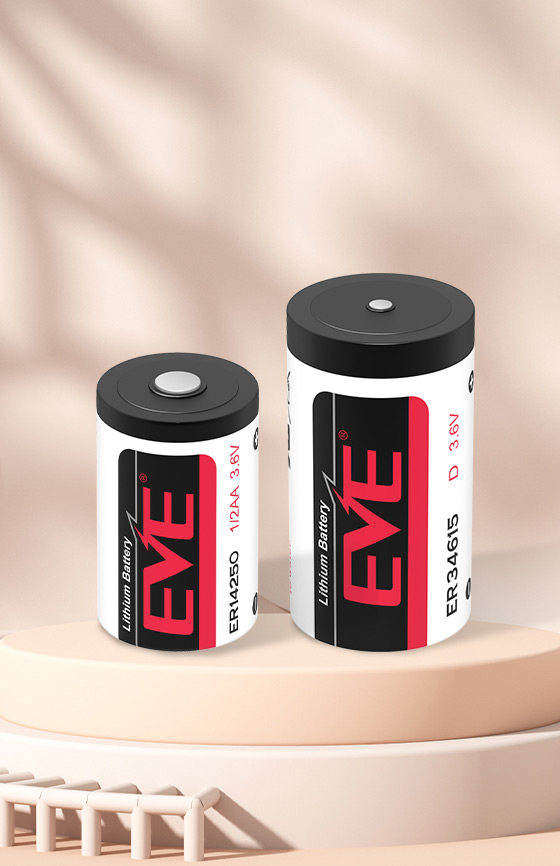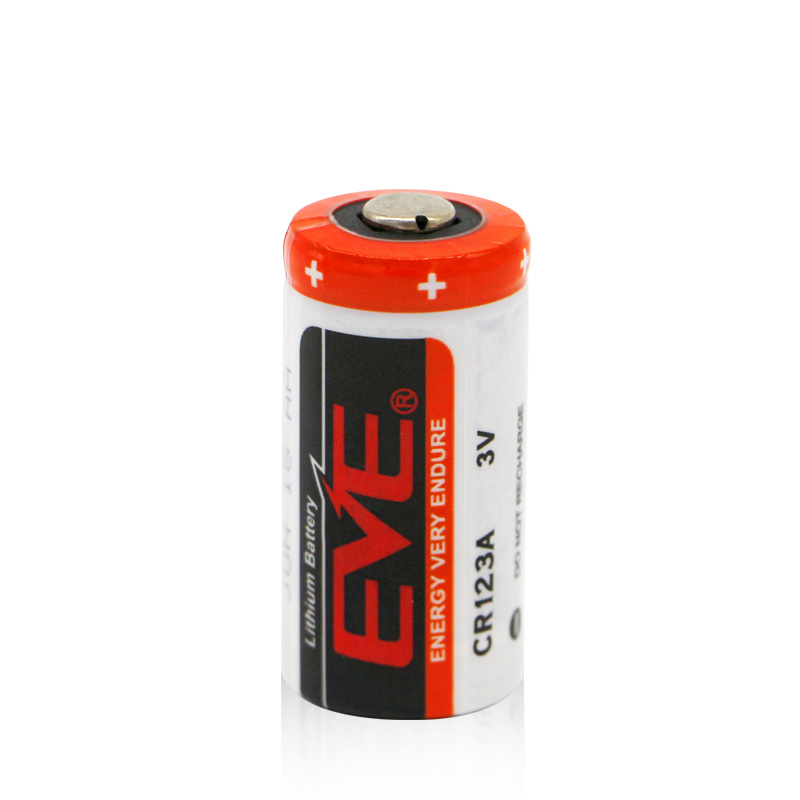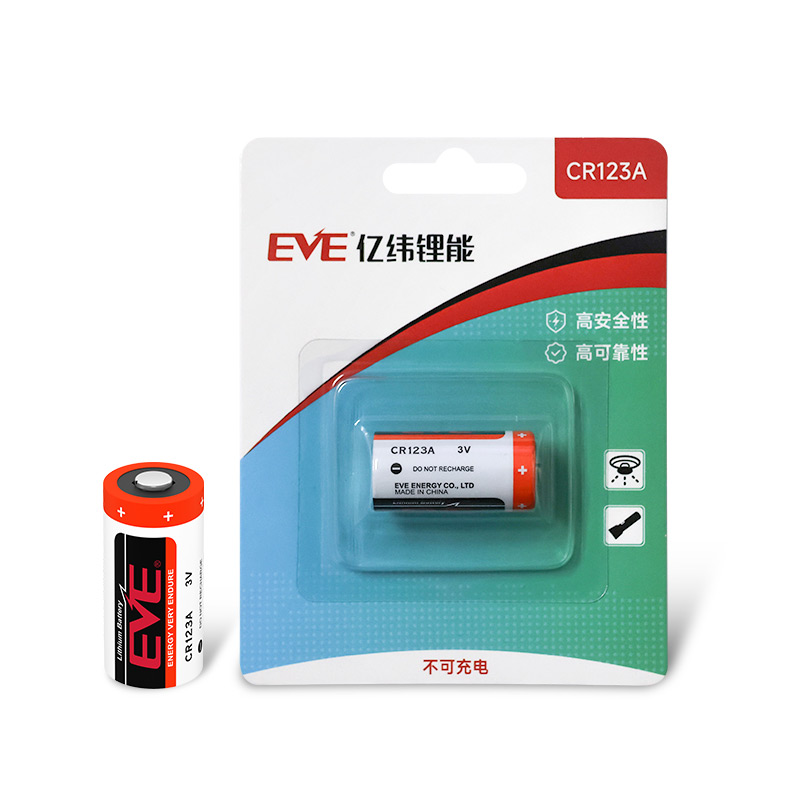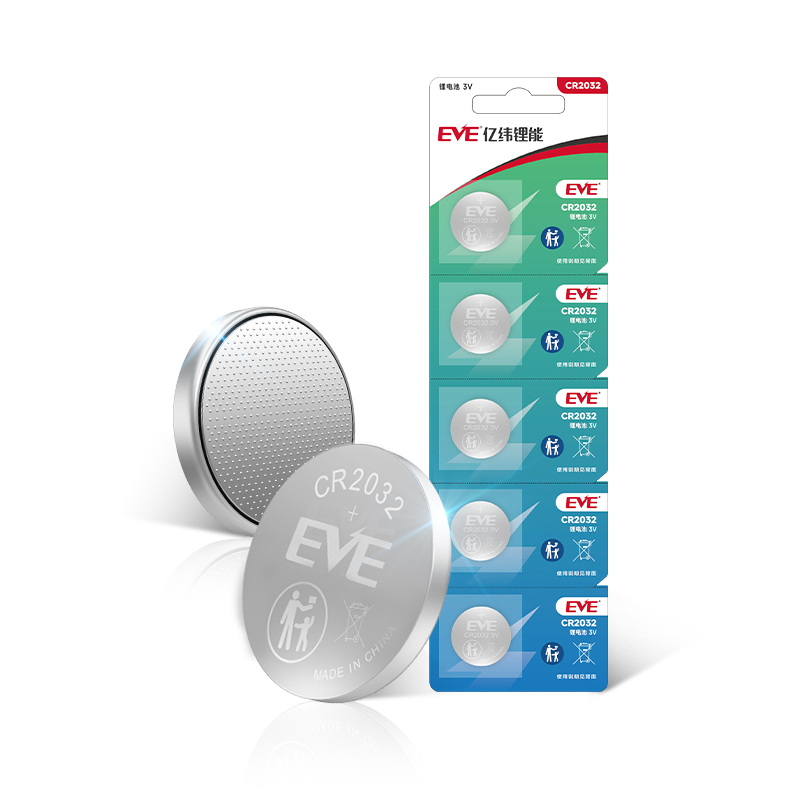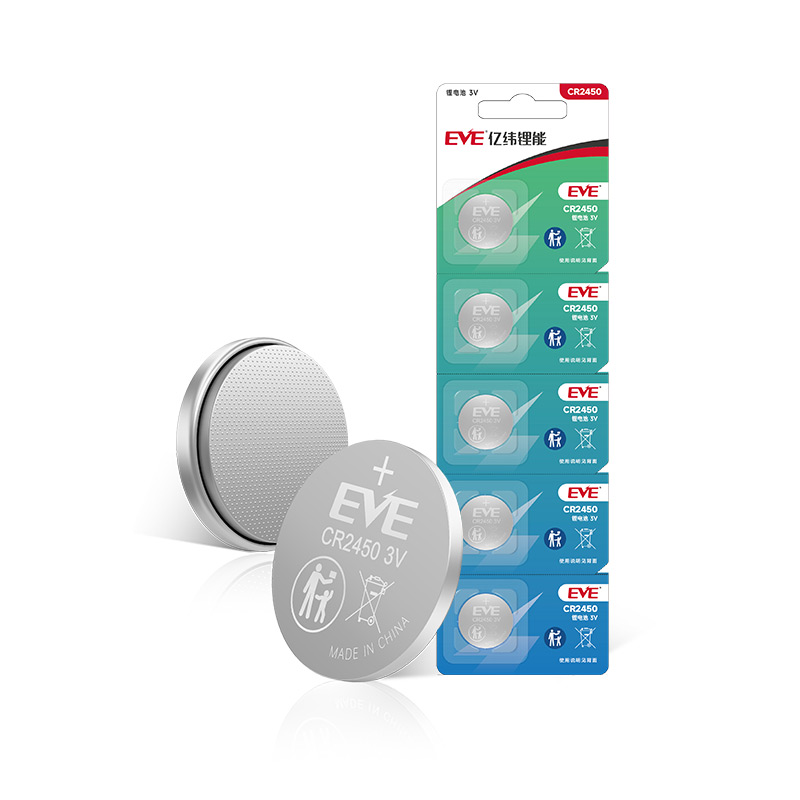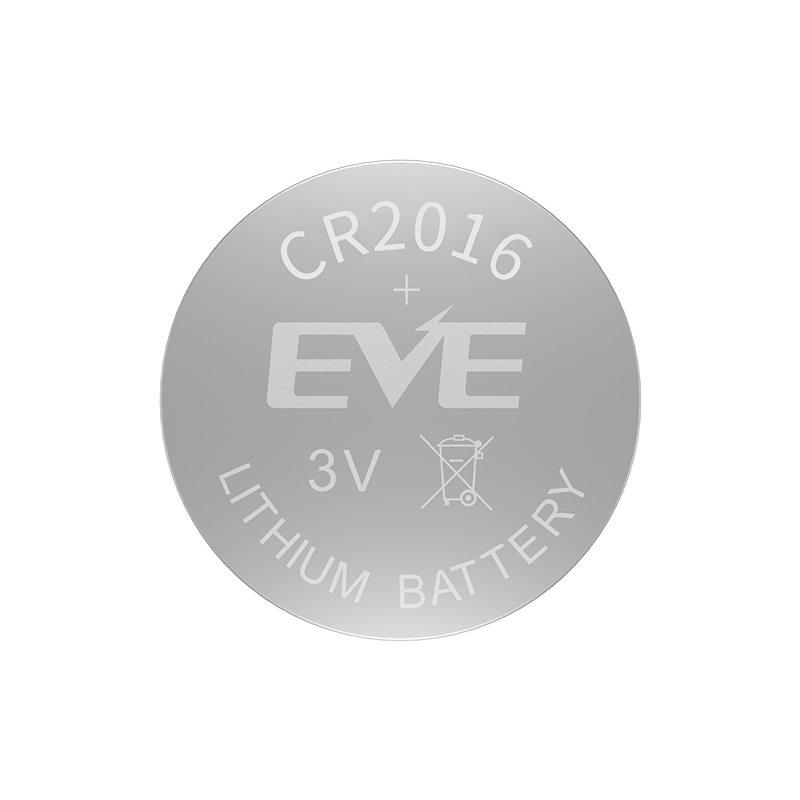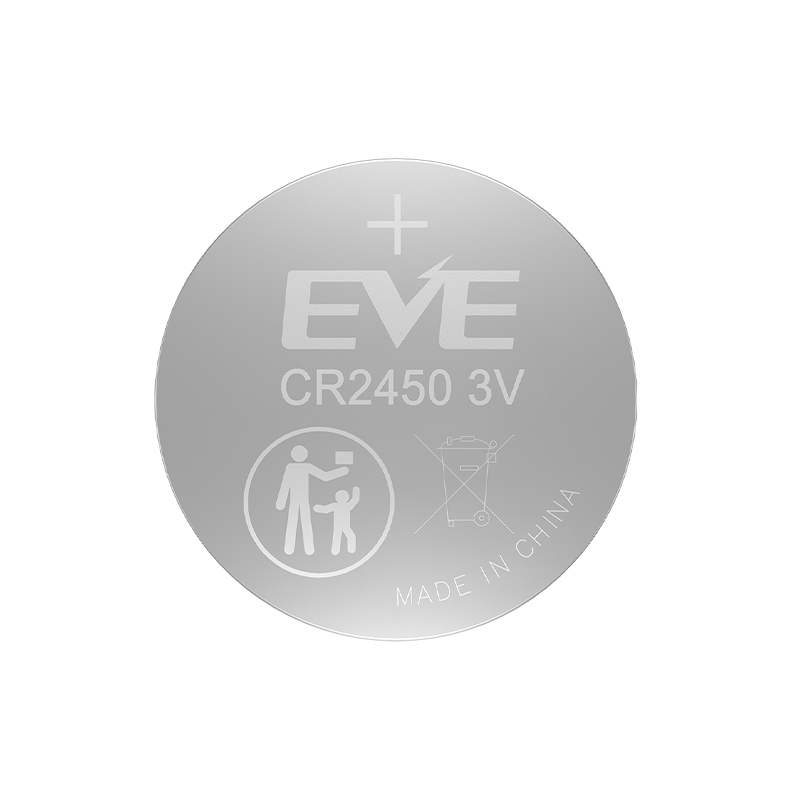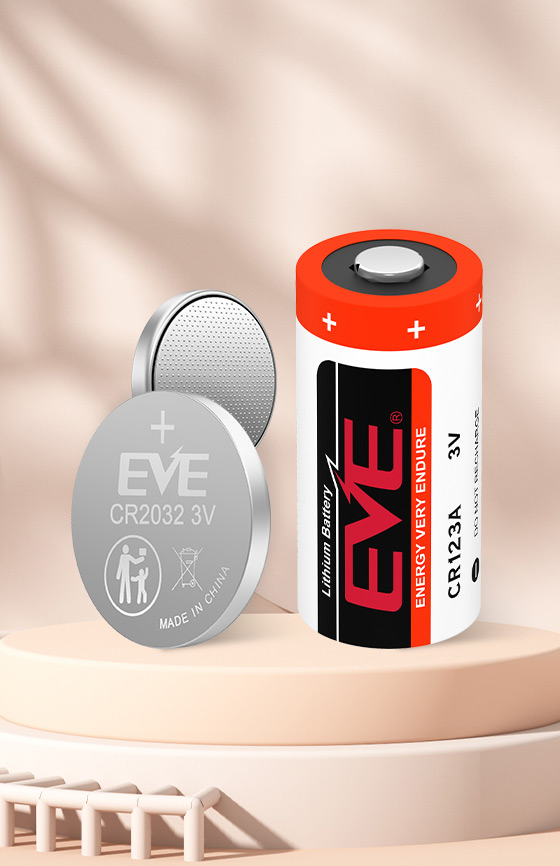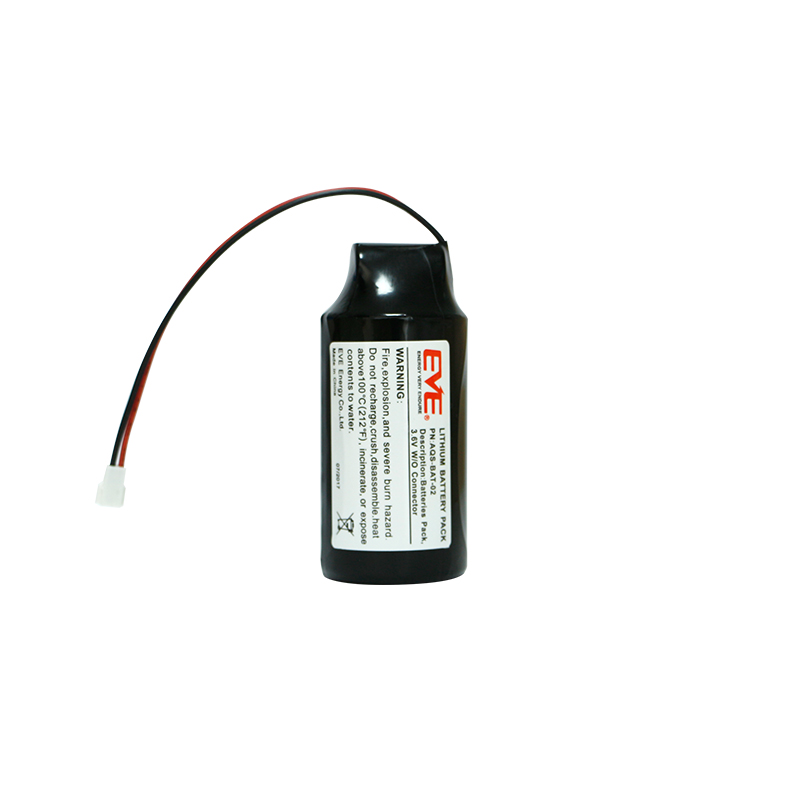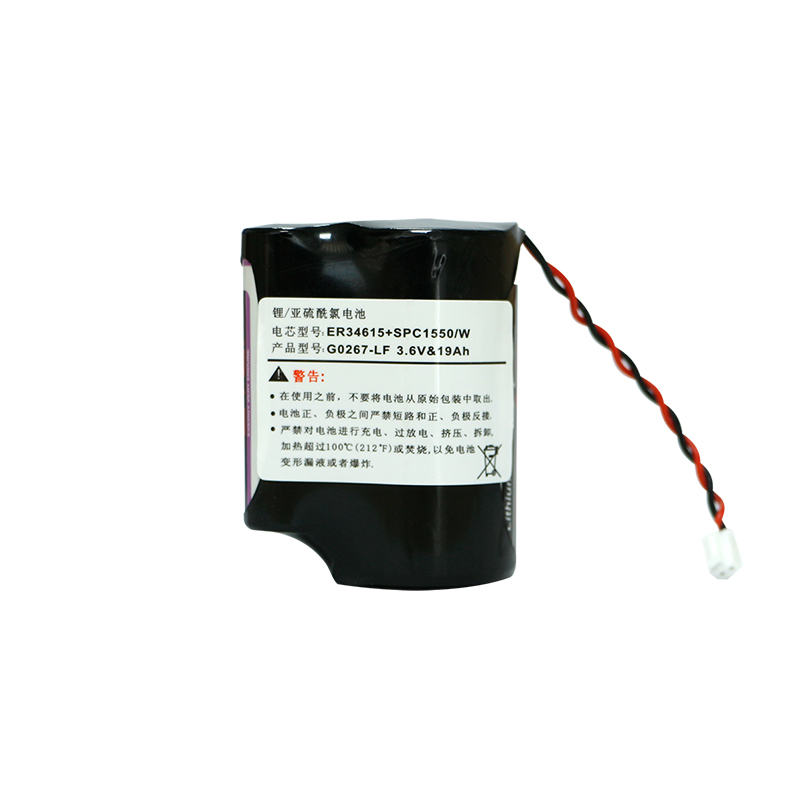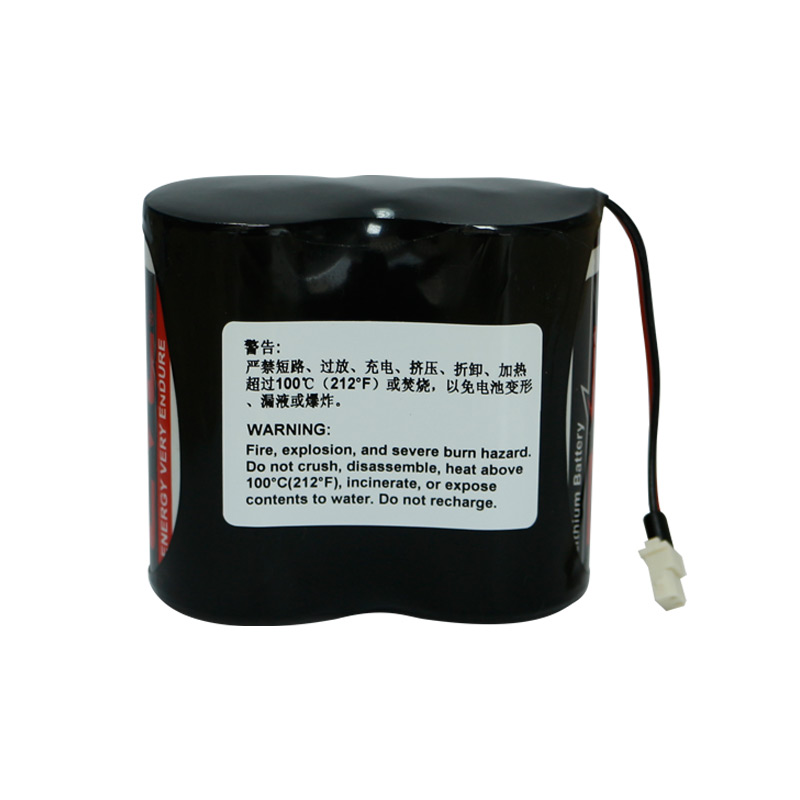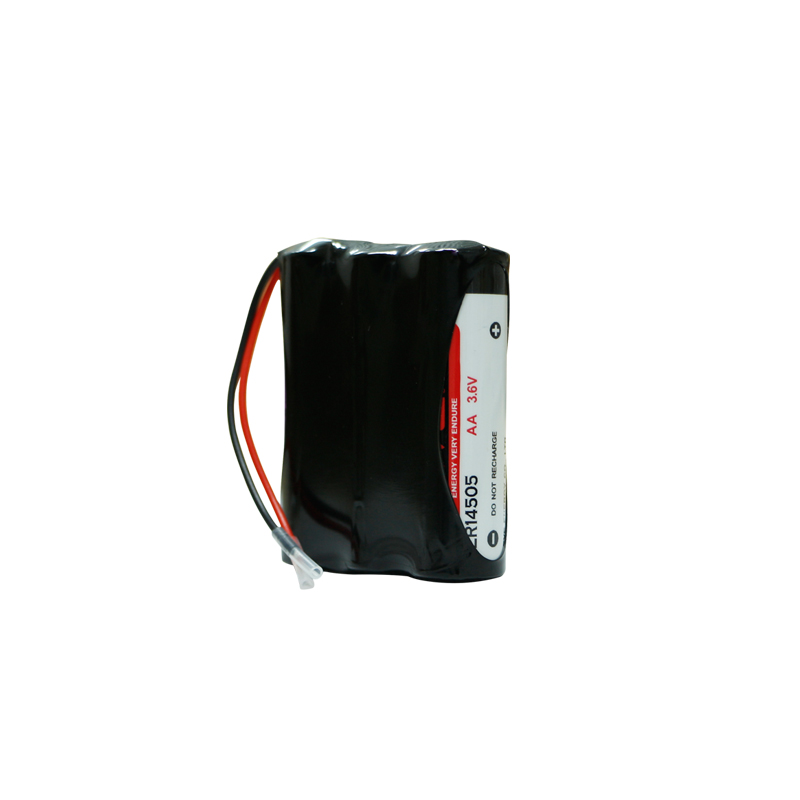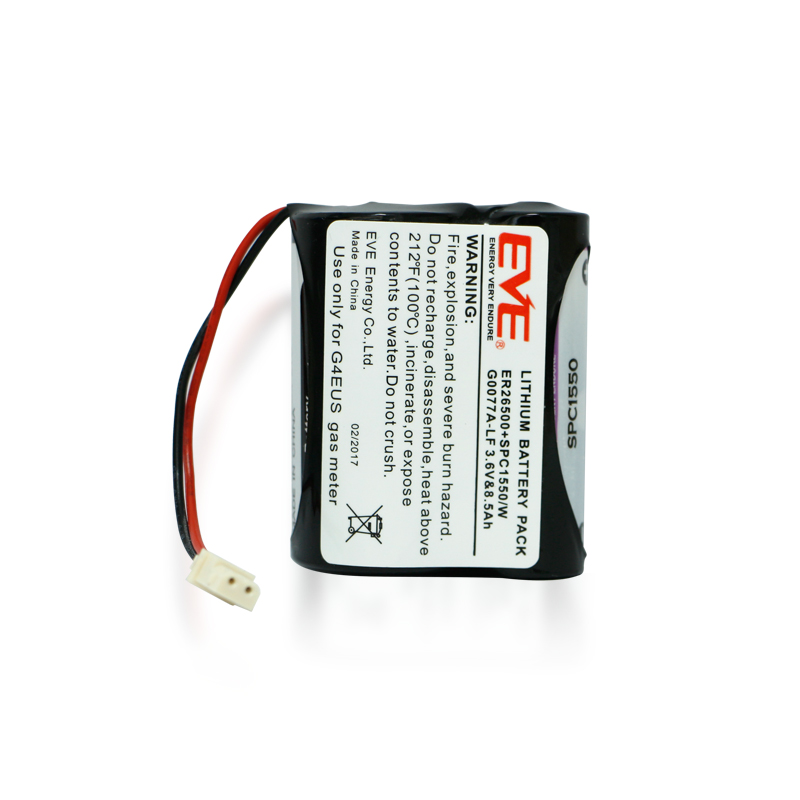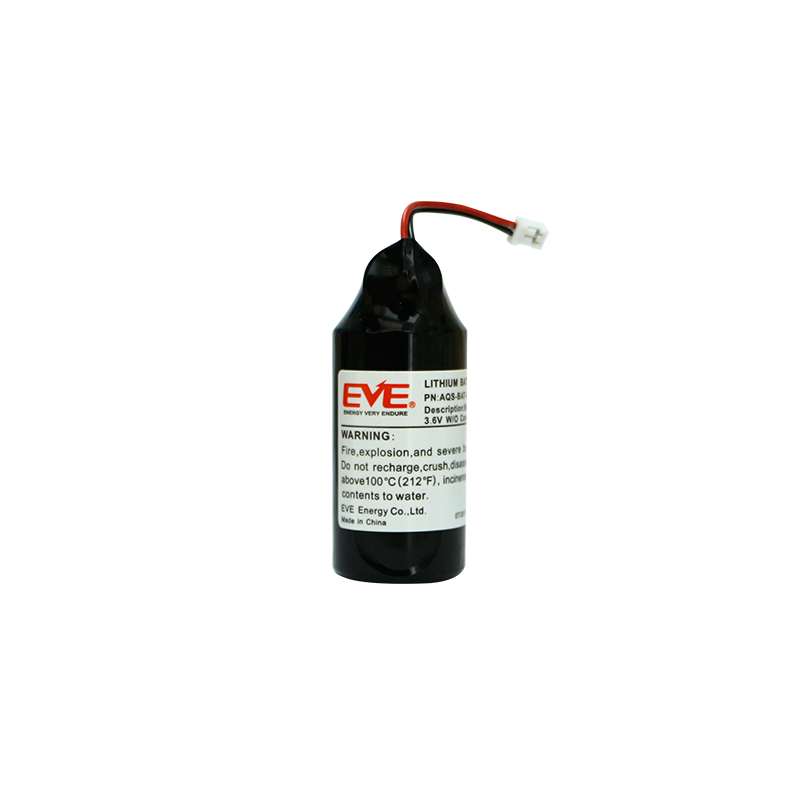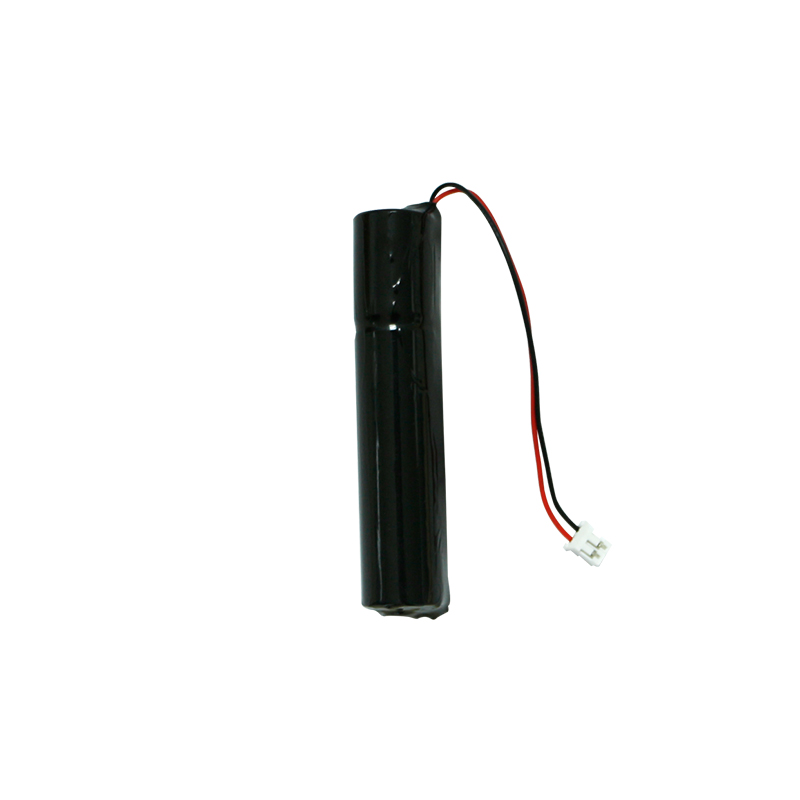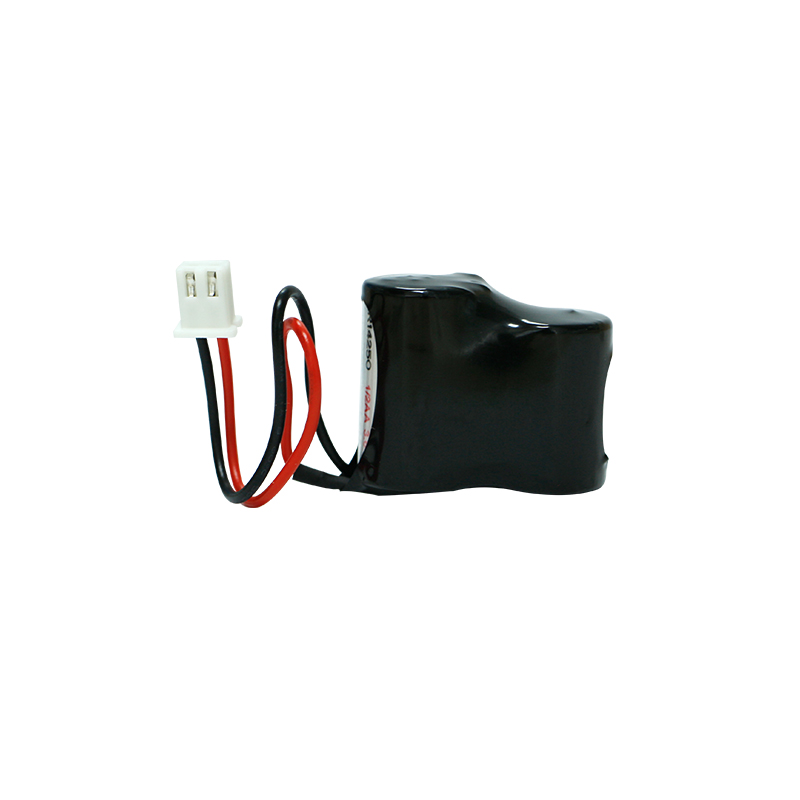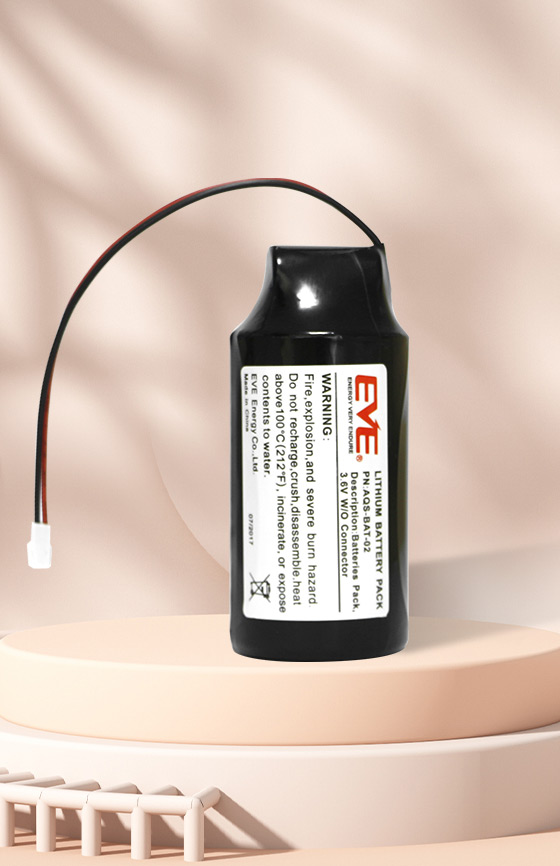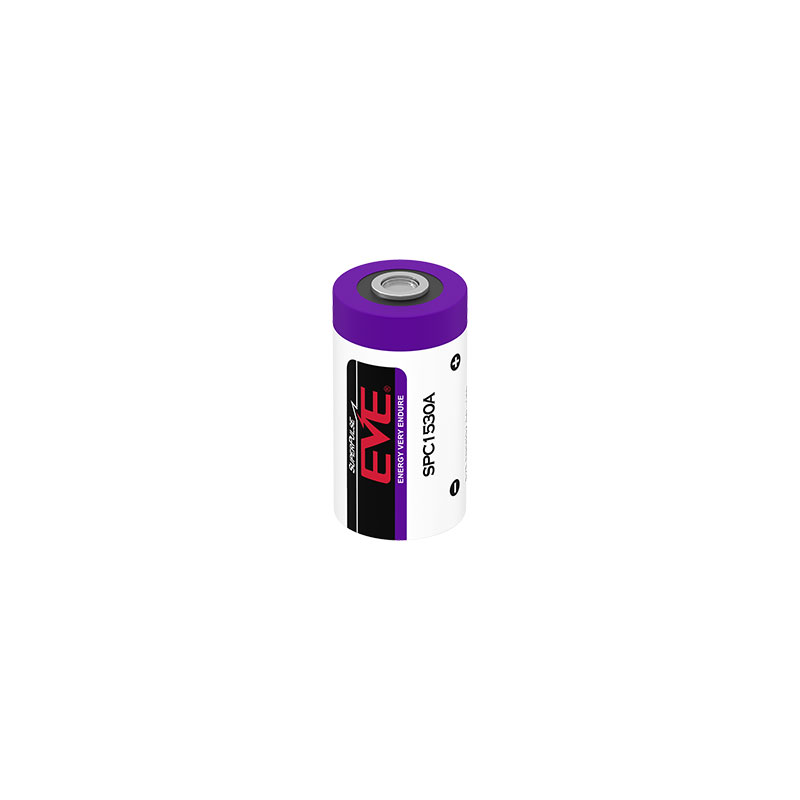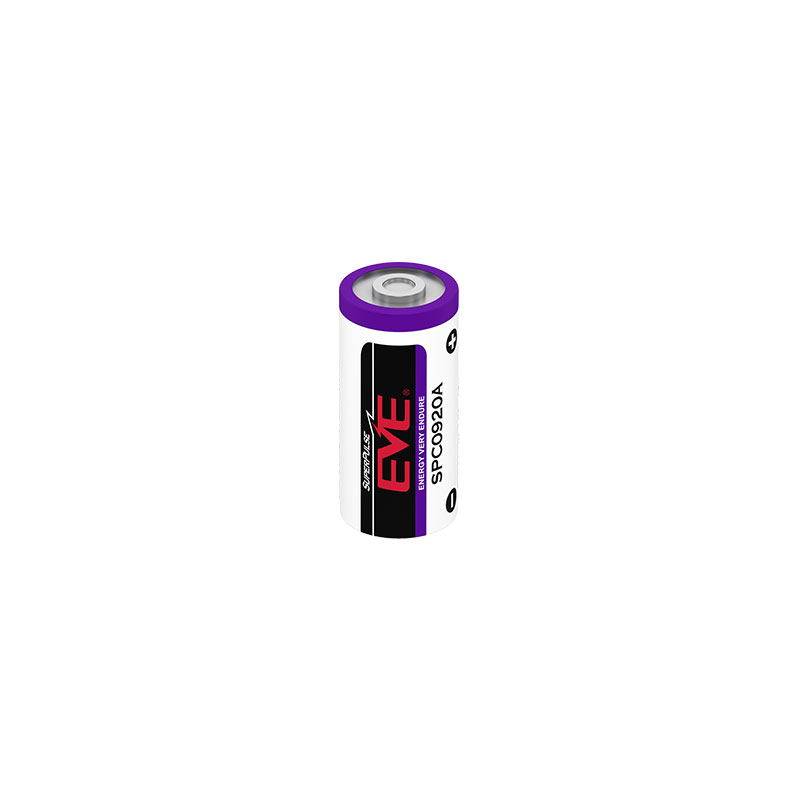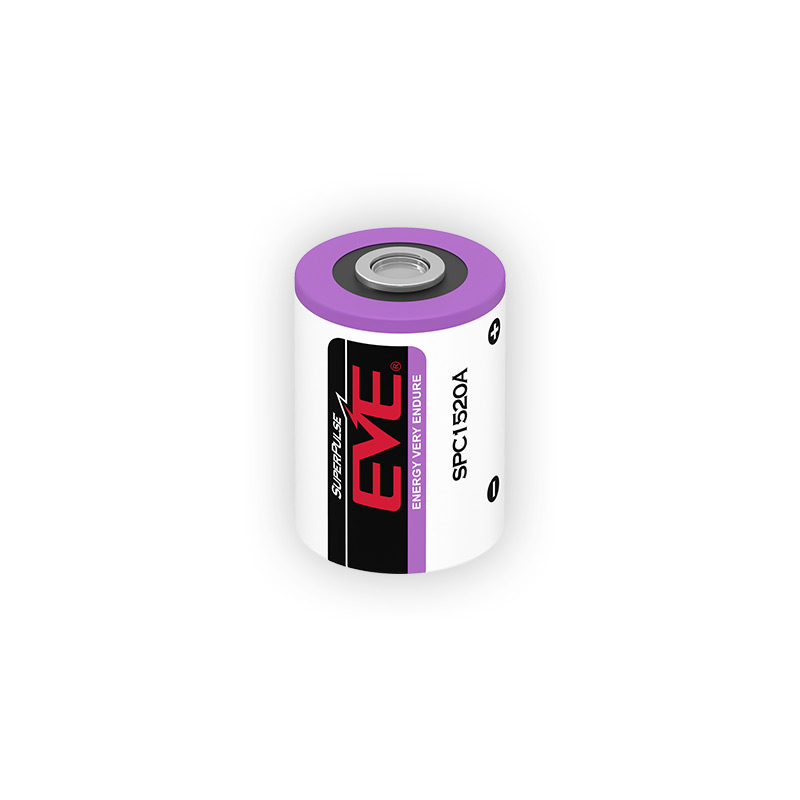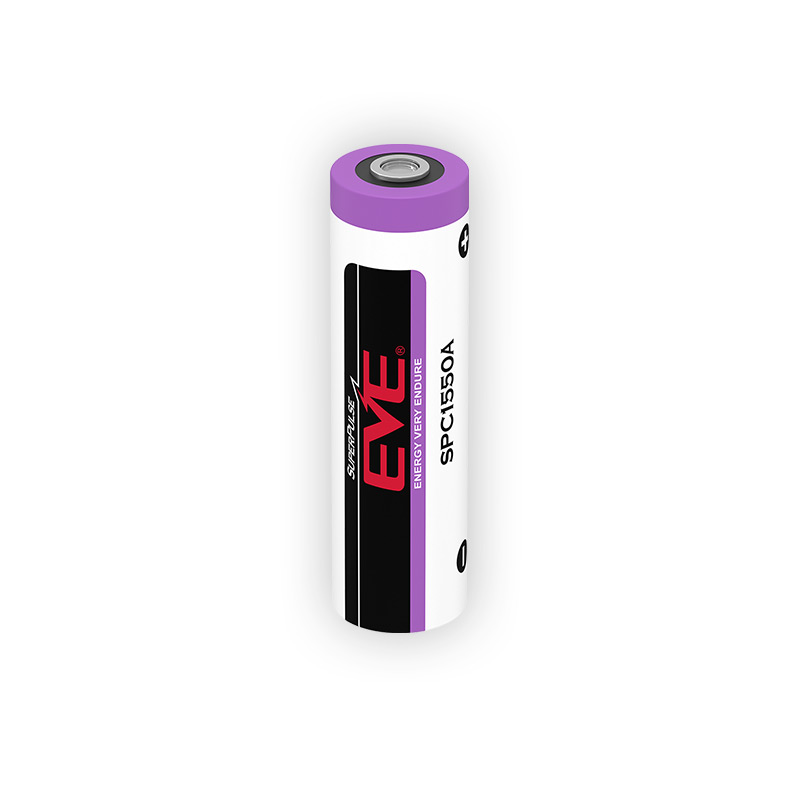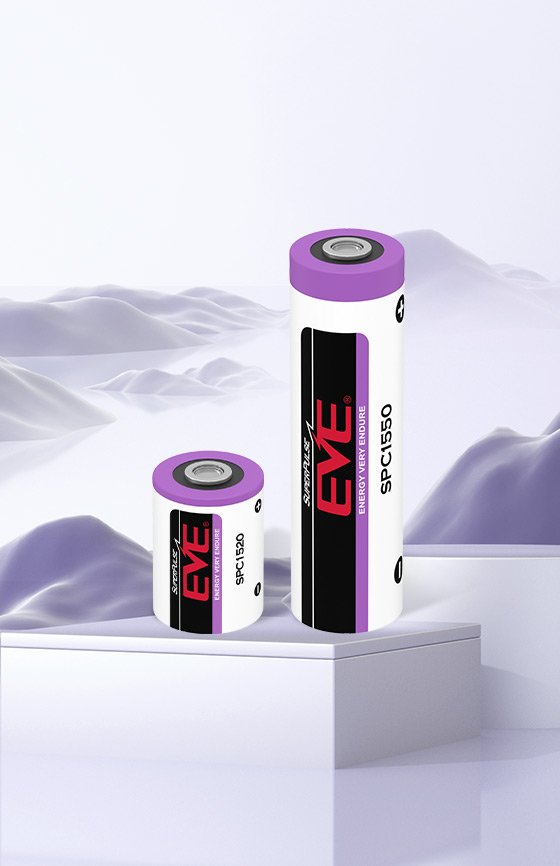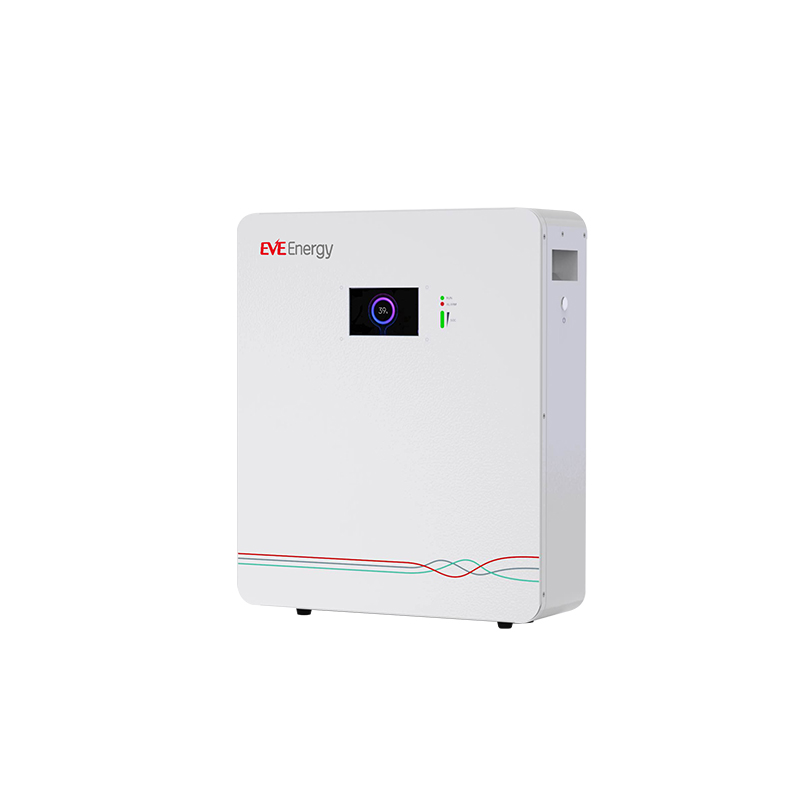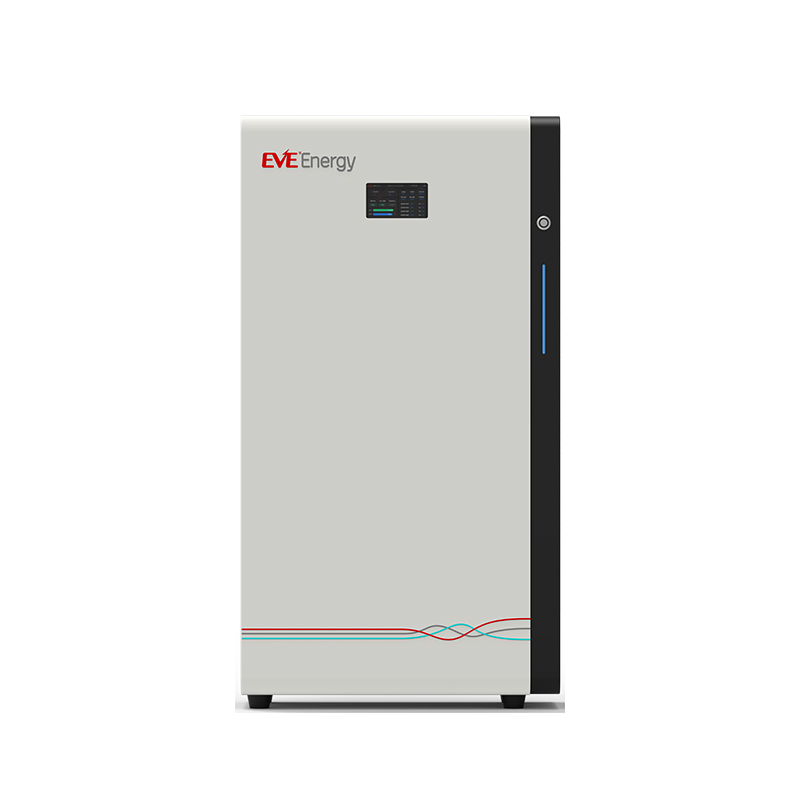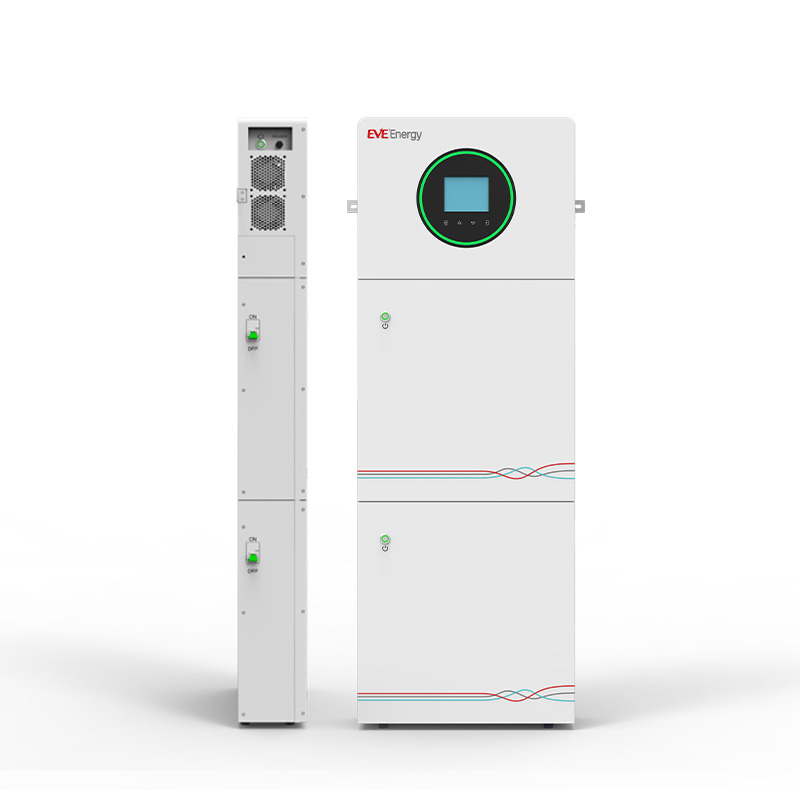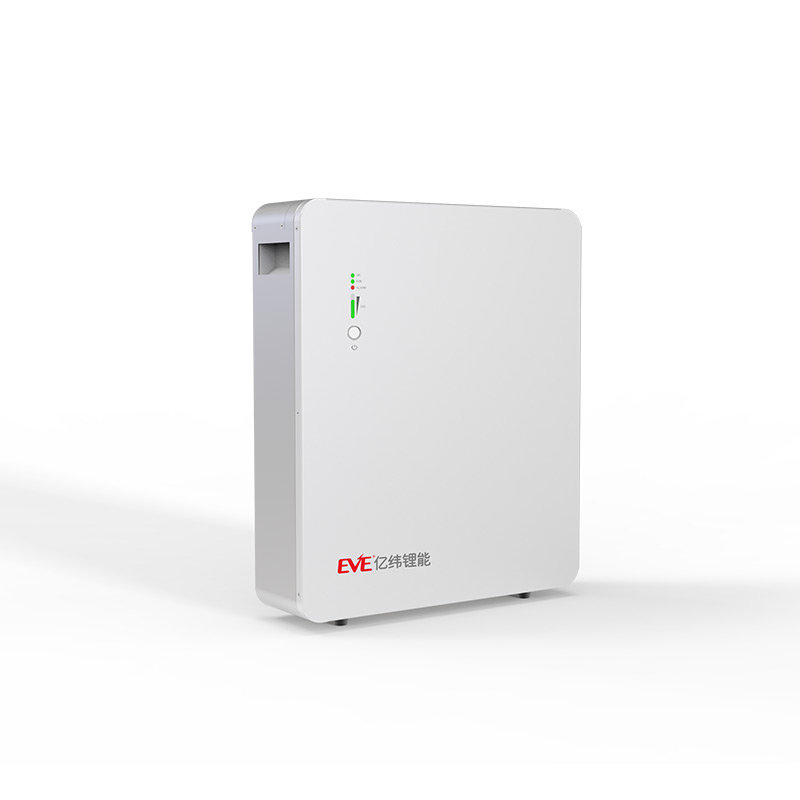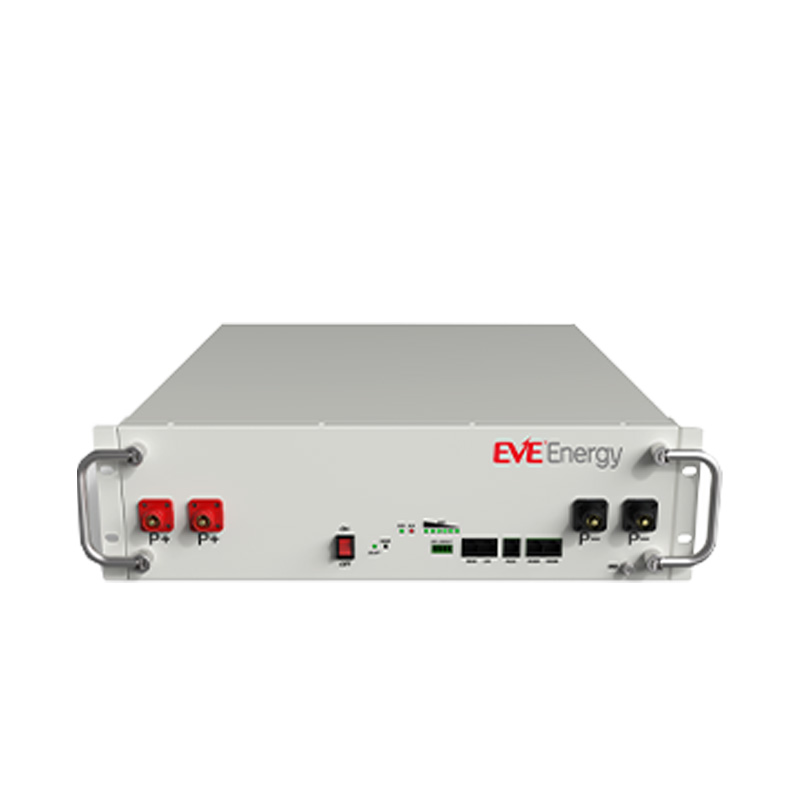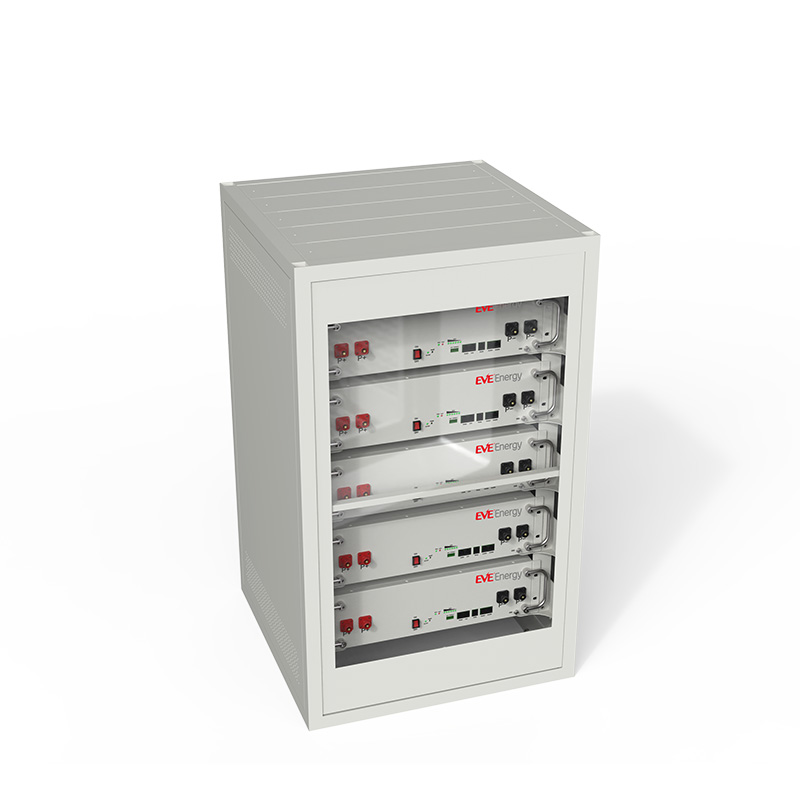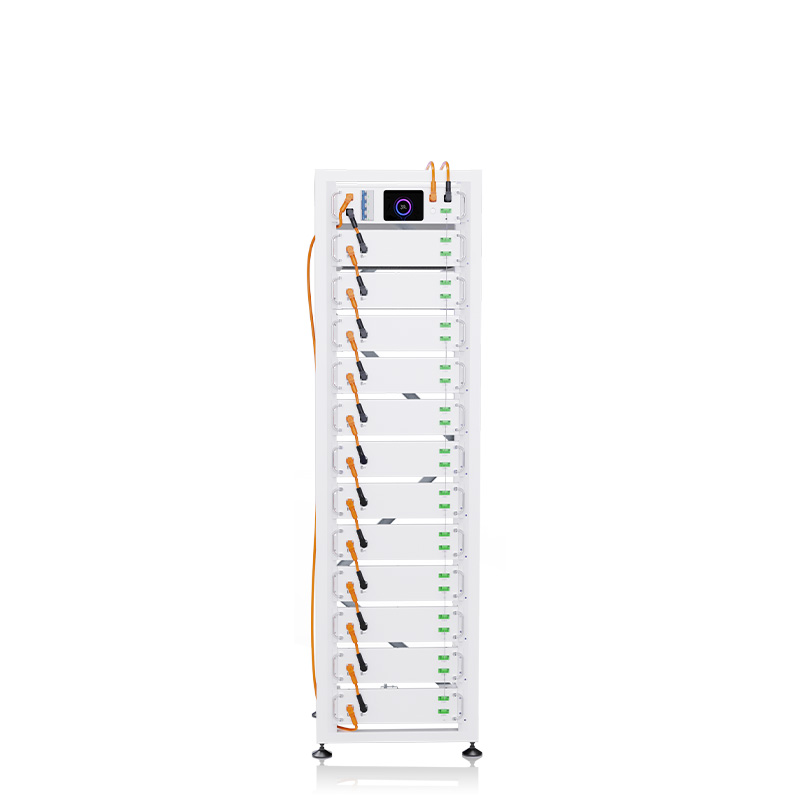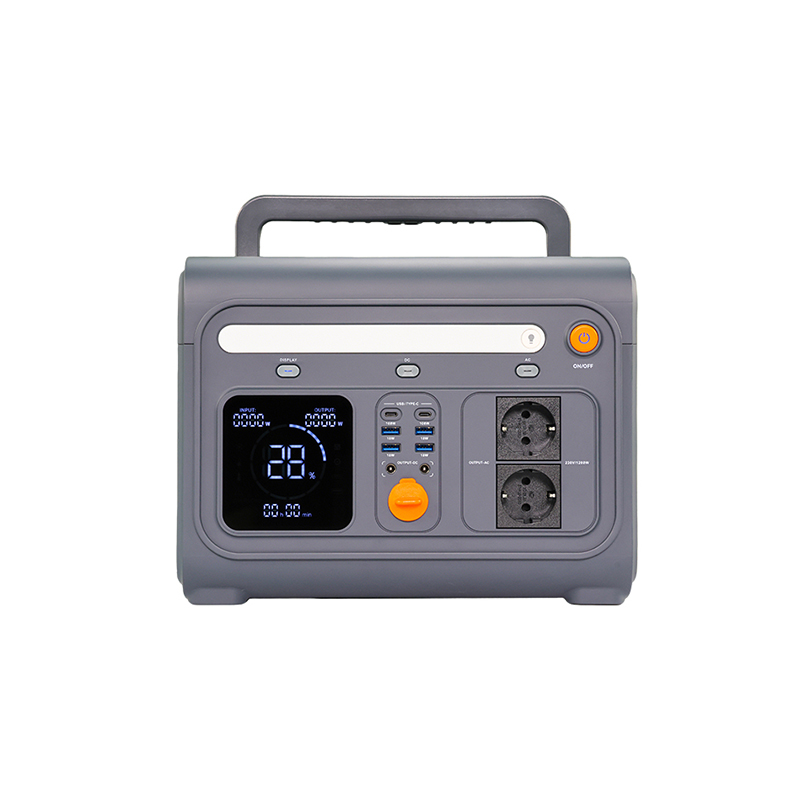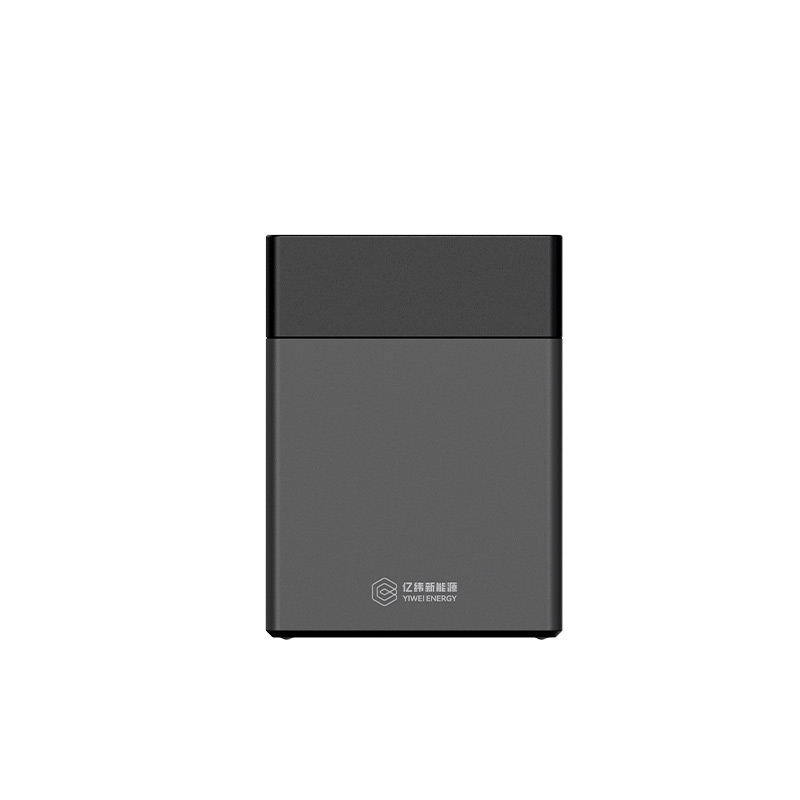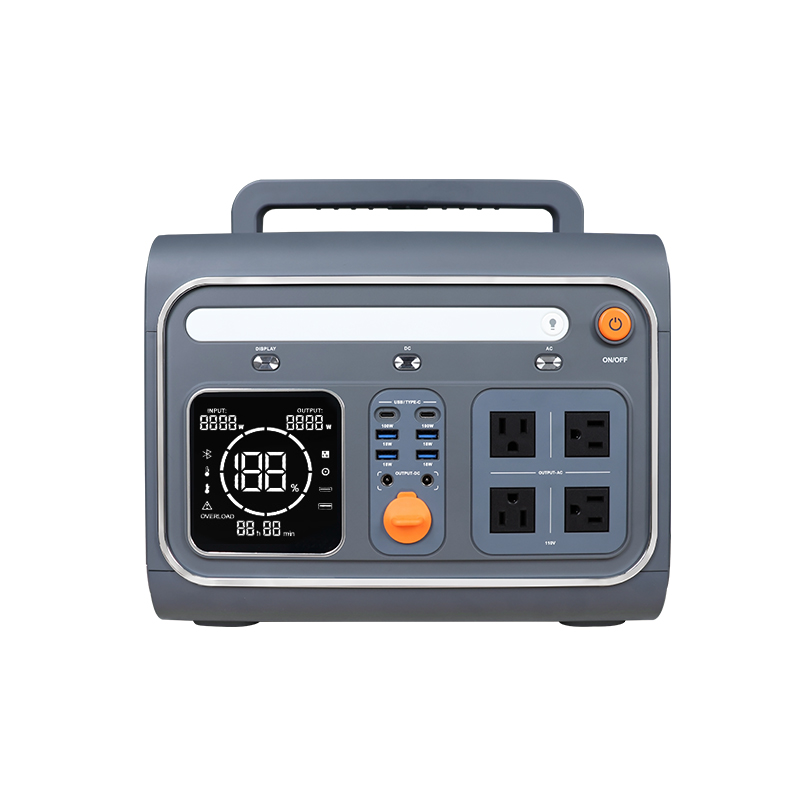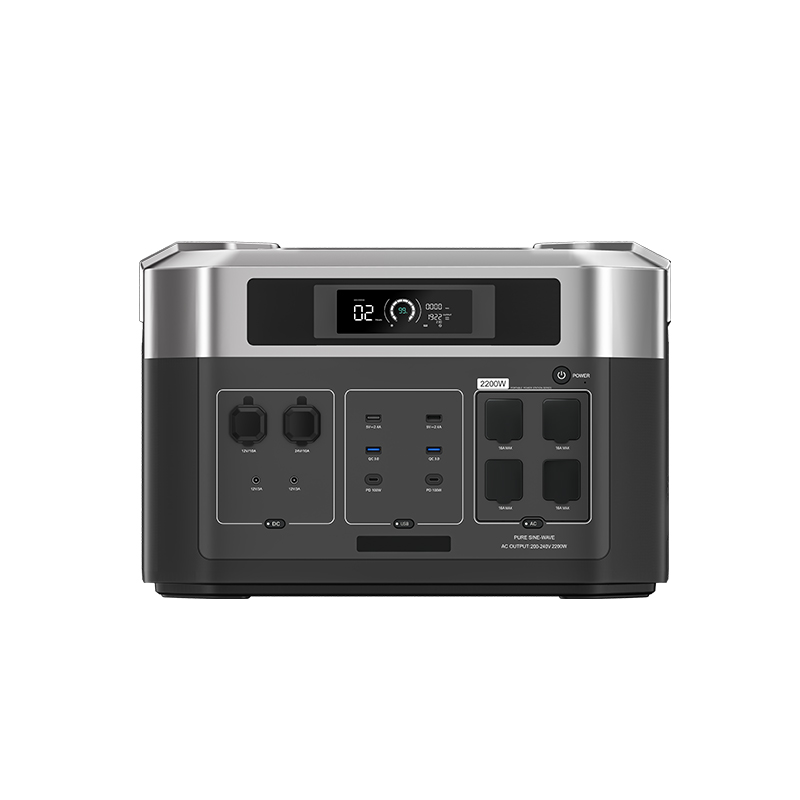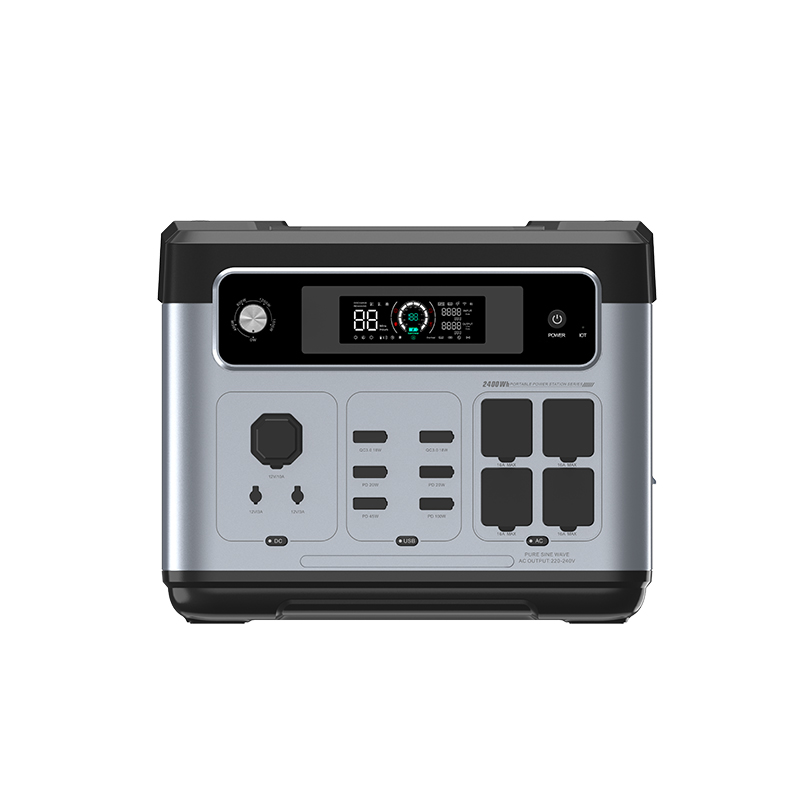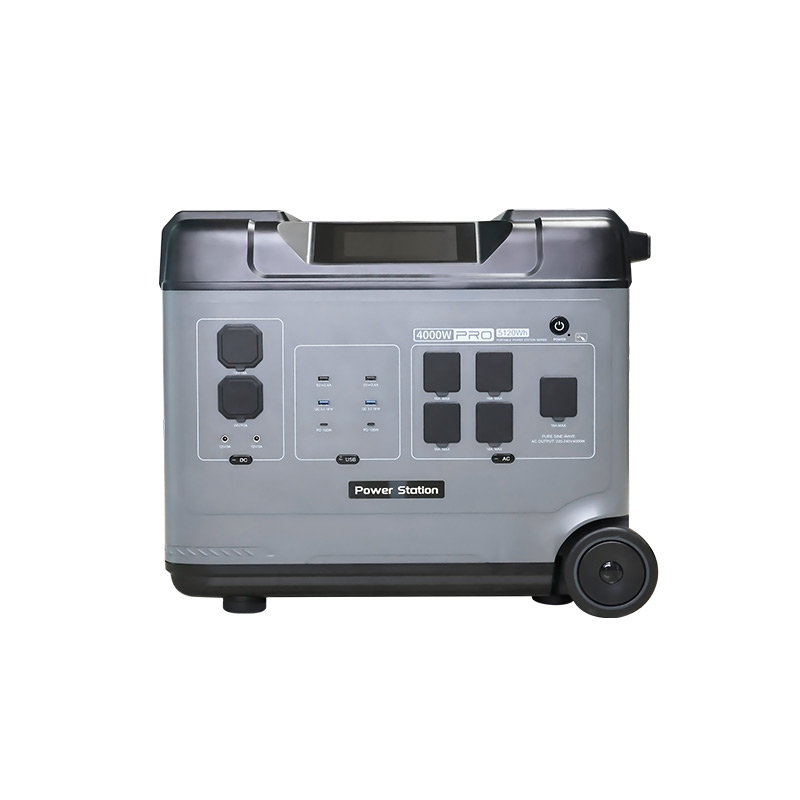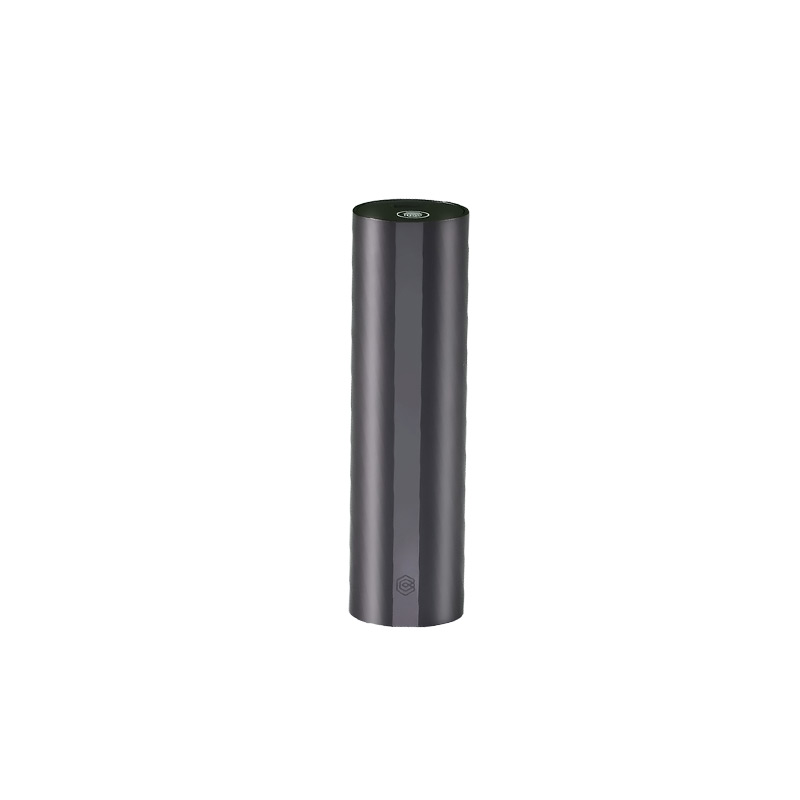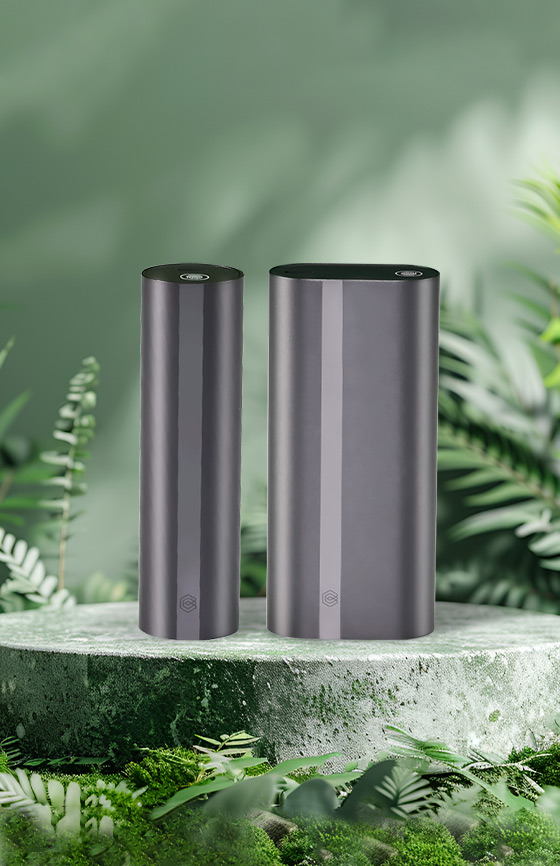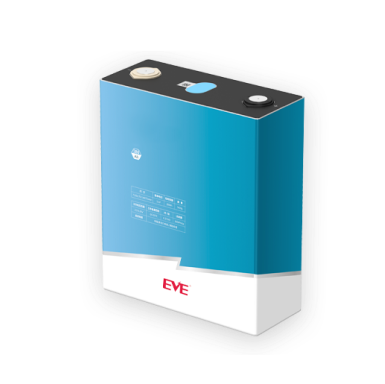EVE MB31 vs. MB30 vs. 280K-V3 in Commercial ESS
2025.05.28
People are confused about whether all LiFePO4 batteries are the same, especially in commercial energy storage (ESS). Here to clarify are the three popular examples from EVE: MB31, EVE MB30, and EVE 280K-V3. Their differences are in the design, application scope, and electrical performance, while all share the same core chemistry.
In particular, the MB31 and LF280K-V3 have the same cycle life (8000 cycles), while MB31’s capacity is 314 Ah, larger than LF280K-3’s 280Ah. On the other hand, MB30 is optimized for compact applications that require longer run time with a lifespan of 10000 cycles. Compared to the other two models, LF280K-V3 is lighter and has higher internal resistance. The energy density sequence (from high to low) is MB31 (179Wh/kg)>MB30 (174Wh/kg)>LF280K-V3 (163Wh/kg). Their charge/discharge rate remains the same at 0.5P/0.5P.
Read on to learn more about the details!

Challenges That Commercial ESS Meets
To get started, let’s check out what matters in commercial ESS, and what engineers should consider when designing battery systems. Below is a quick overview of the challenges:
ü Cost efficiency and affordability.
ü Battery life and cycle durability.
ü Energy density and storage capacity.
ü Scalability for capricious project sizes.
ü Thermal management and overheating risks.
ü Safety and fire hazard prevention.
ü Grid compatibility and interoperability.
ü Charge and discharge rate optimization.
ü Environmental impact and recycling.
ü Compliance with regulatory standards.
ü System reliability and uptime.
ü Curtailing degradation over time.
ü Maintenance and servicing needs.
ü Integration with renewable energy sources.
ü Power conversion efficiency.
ü Protection against electrical surges and faults.
ü Space and weight constraints for deployment.
ü Software and control system robustness.
ü Adaptability across use cases and climates.
ü Lessening standby energy losses.

What’s Different: EVE MB31, EVE 280K-V3, and MB30
Capacity
Each of the EVE MB31, LF280K-V3, and MB30 meets different capacity-sized needs and allows engineers to match batteries to accommodate particular ESS requirements.
The EVE MB31 also has the highest nominal capacity of 314Ah compared to 280Ah LiFePO4 of the EVE 280K-V3 or 306Ah of the EVE MB30. This is good news because the MB31 is also ideal for large-scale systems that require extensive discharge periods, like grid balancing. Yet the LF280K-V3 compounds capacity with a slightly smaller form factor, well suited to modular systems where multiple batteries are conjoined into a large array.
Nevertheless, the MB30's capacity closely matches the MB31 but includes an extended cycle life, perfect for applications that need frequent charge-discharge cycles without performance degradation. Which one of these to select has a lot to do with the specific cycle and runtime expectations for the ESS.
Internal Resistance
Heat generation, efficiency, and battery performance are dependent on internal resistance. A low initial internal resistance of 0.18mΩ ± 0.05mΩ allows the EVE MB31 and EVE MB30 to handle high current loads without generating a lot of energy loss. This is particularly beneficial for ESS designs requiring high power delivery with benign thermal management requirements.
At the other end of the spectrum, the EVE 280K-V3 maintains slightly higher than 0.25mΩ but is still competitive by LiFePO4 standards in its class; however, high current applications will need to be considered carefully.
Engineers need to know about these differences. Improvement in round-trip efficiency and reduced wear during long high-rate discharges can be achieved at lower resistance in the MB31 and MB30, both of which are favored for demanding applications.
Weight
As with any design, the weight of an ESS is a less obvious but very important factor, especially for modular or mobile systems. The energy-to-weight ratios between EVE MB31 and EVE MB30 are almost identical as they weigh in at 5600g ± 300g despite the differences in capacity and cycle life. For large arrays, the consistency allows us to install predictably.
Meanwhile, the EVE 280K-V3 is a little lighter at 5490g ± 300g, which makes it a little weight-sensitive installation. For instance, containerized ESS setups or fringe renewable energy projects may do well to adopt the LF280K-V3 in order to mitigate logistical concerns.
Consequently, engineers must evaluate the weight impacts, especially in multi-module deployments, in which small weight reductions per cell can result in large transportation and structural benefits.
Energy Density
Directly, energy density affects the physical space needed for ESS installations. Because of their higher capacity-to-weight ratios, both the EVE MB31 and EVE MB30 are better able to achieve higher energy densities and, thus, are prime candidates for space-limited setups. In particular, the 314 Ah MB31 delivers 1004.8 Wh per unit and 3.2V LiFePO4 battery solution, whereas the 979.2 Wh per unit (approximately) MB30.
The EVE 280K-V3 delivers comparatively 896Wh. This reflects the fact that the designers opted for modular scaling rather than designing for maximum standalone energy. In projects with urban storage systems or microgrids, where cell densities and compactness are of importance, the MB31 or MB30 can save a lot of installation footprint with these differences.
This gives energy planners a clear advantage in a situation where they want to minimize structural investments while keeping to their capacity target goals.
EVE's Complete LFP Battery Solution
Our LFP battery solutions at EVE include the EVE MB30, EVE MB31, and EVE 280K models. With a nominal capacity of 306Ah and a cycle life of 10,000 cycles, the MB30 offers. The MB31 has a capacity of 314Ah and a cycle life of 8,000 cycles. The LF280K provides a nominal capacity of 280Ah and a cycle life of 8,000 cycles. To offer you the speed of delivery, we make sure of that through our global warehouses, and we give free accessories for the selected models. We've designed our packaging so the batteries are protected while they're in transit.

Conclusion
We produce high-quality cylindrical lithium batteries at EVE, which is guided by our core values: excellence, value creation, dependability, teamwork, and respect for individuals. All our products, EVE MB31, EVE 280K, and EVE MB30, are aimed at serving the varying needs of our clients. Our lithium batteries have been the best-selling, and we have exported lithium batteries for seven consecutive years. We have sold more than 1.7 million units worldwide. Trust and confidence that recognized brands put in our products contribute to this achievement.
Related Content:
-

 4 Types of Industrial Energy Storage Technologies You Should Know
4 Types of Industrial Energy Storage Technologies You Should Know2025.05.28
-

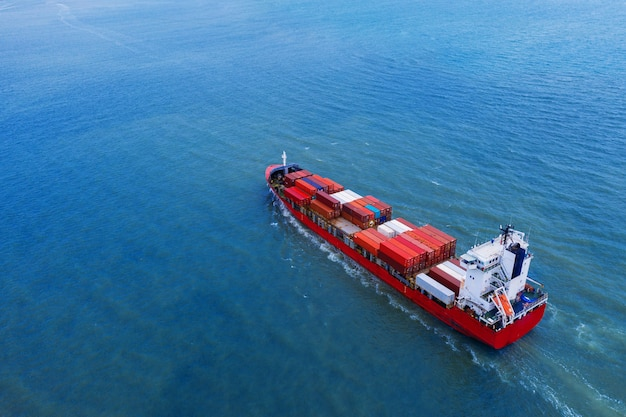 The Significance of Lithium Boat Battery: Why, What, And How
The Significance of Lithium Boat Battery: Why, What, And How2025.05.28
-

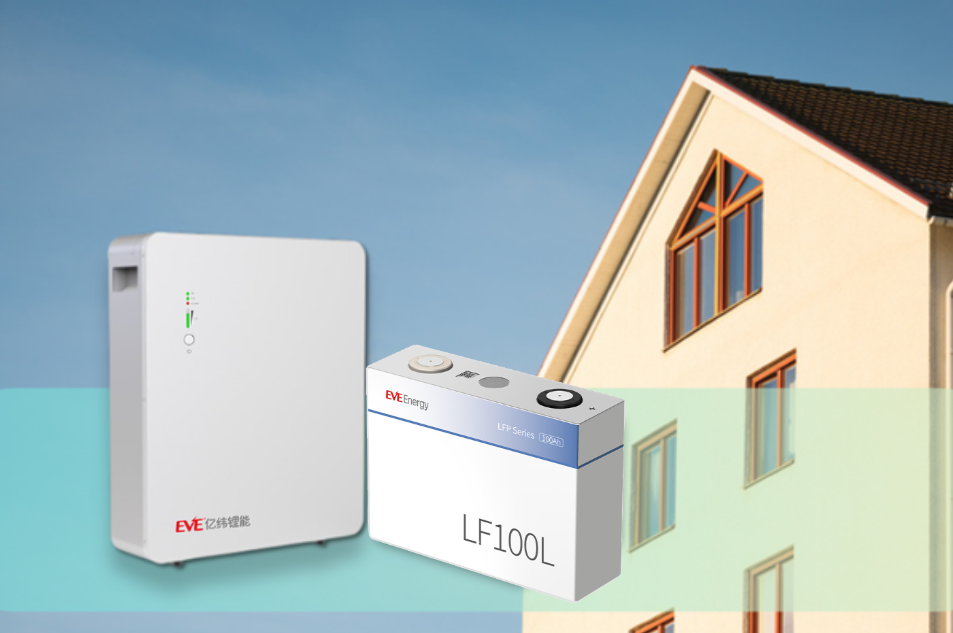 How Does Household Energy Storage Keep the Lights on During Power Outage?
How Does Household Energy Storage Keep the Lights on During Power Outage?2025.05.28
-

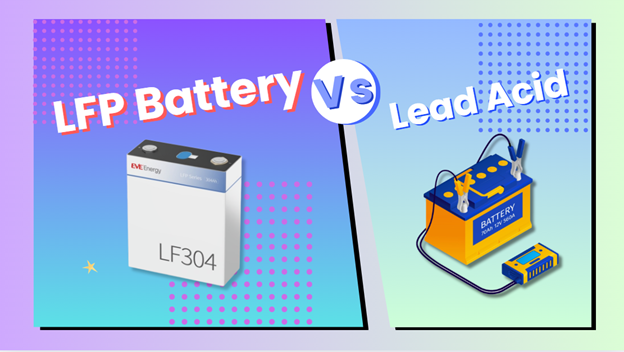 LiFePO4 vs. Lead Acid: Performance, Applications and Supply Chain
LiFePO4 vs. Lead Acid: Performance, Applications and Supply Chain2025.05.27
-

 EVE LiFePO4 State of Charge Chart & Discharge Curve & Capacity Diagrams
EVE LiFePO4 State of Charge Chart & Discharge Curve & Capacity Diagrams2025.05.27
-

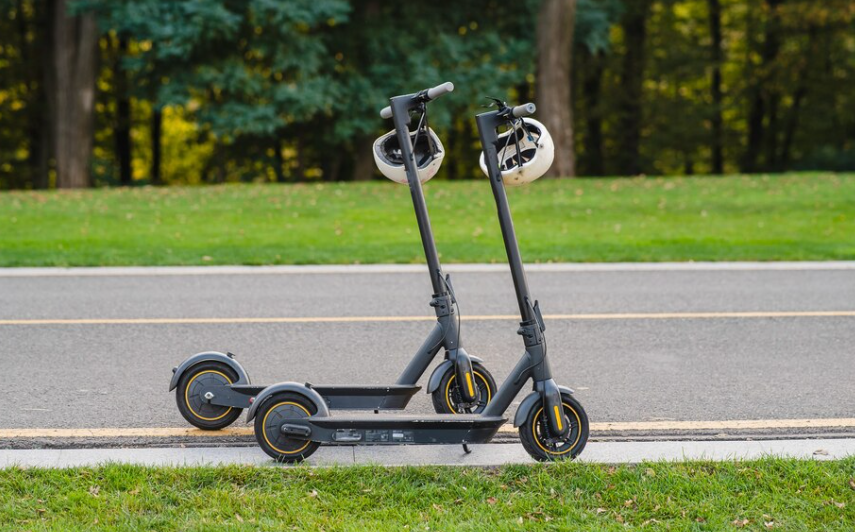 What Is the Best Lithium-ion Battery for Electric Scooters?
What Is the Best Lithium-ion Battery for Electric Scooters?2025.05.14





